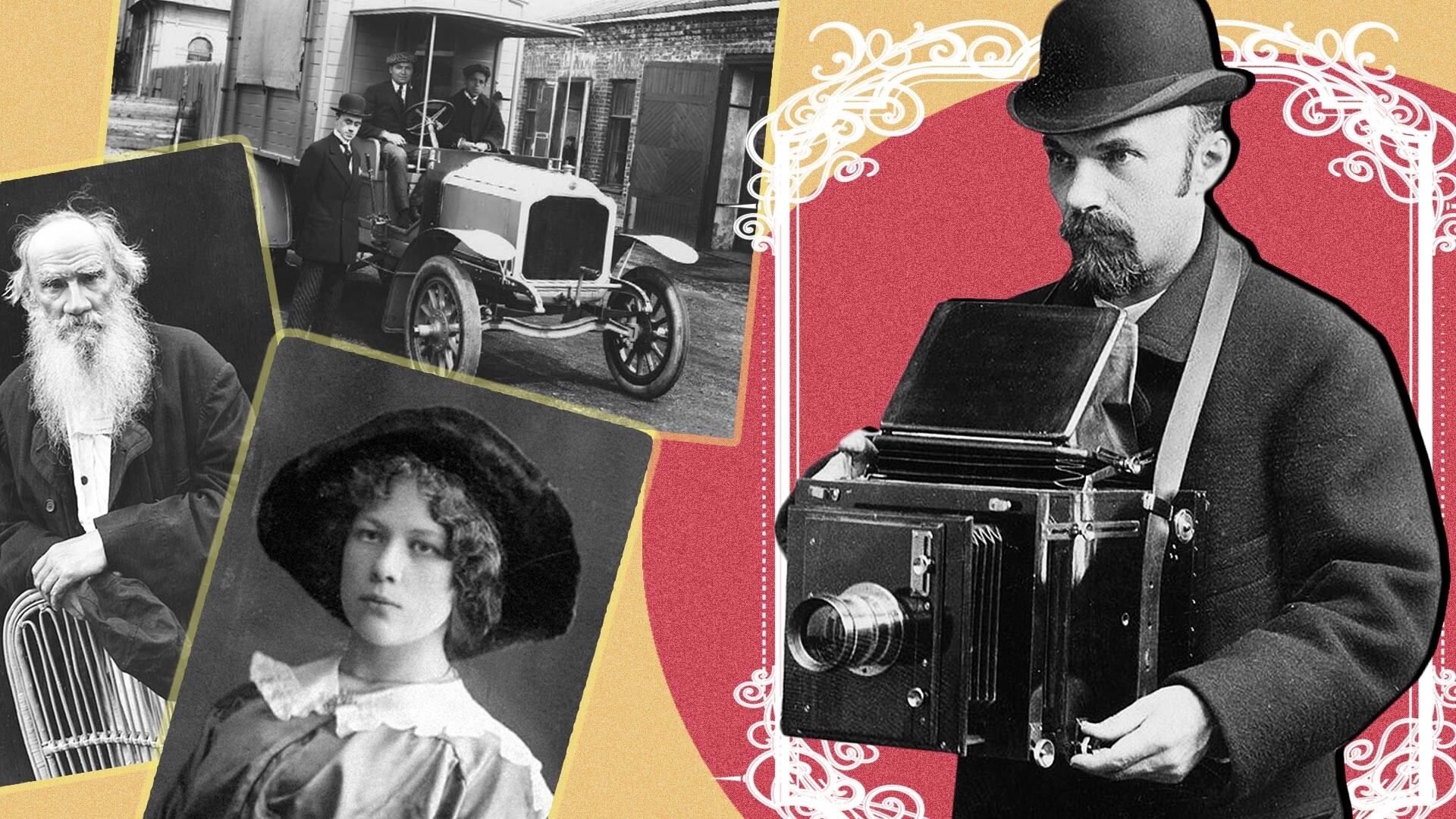
Today, anyone who owns a smartphone can fancy themselves a documentary photographer, capturing the surrounding reality with a simple tap on their phone. Karl Bulla at the end of the 19th century, meanwhile, had to carry around a tremendous amount of heavy equipment.
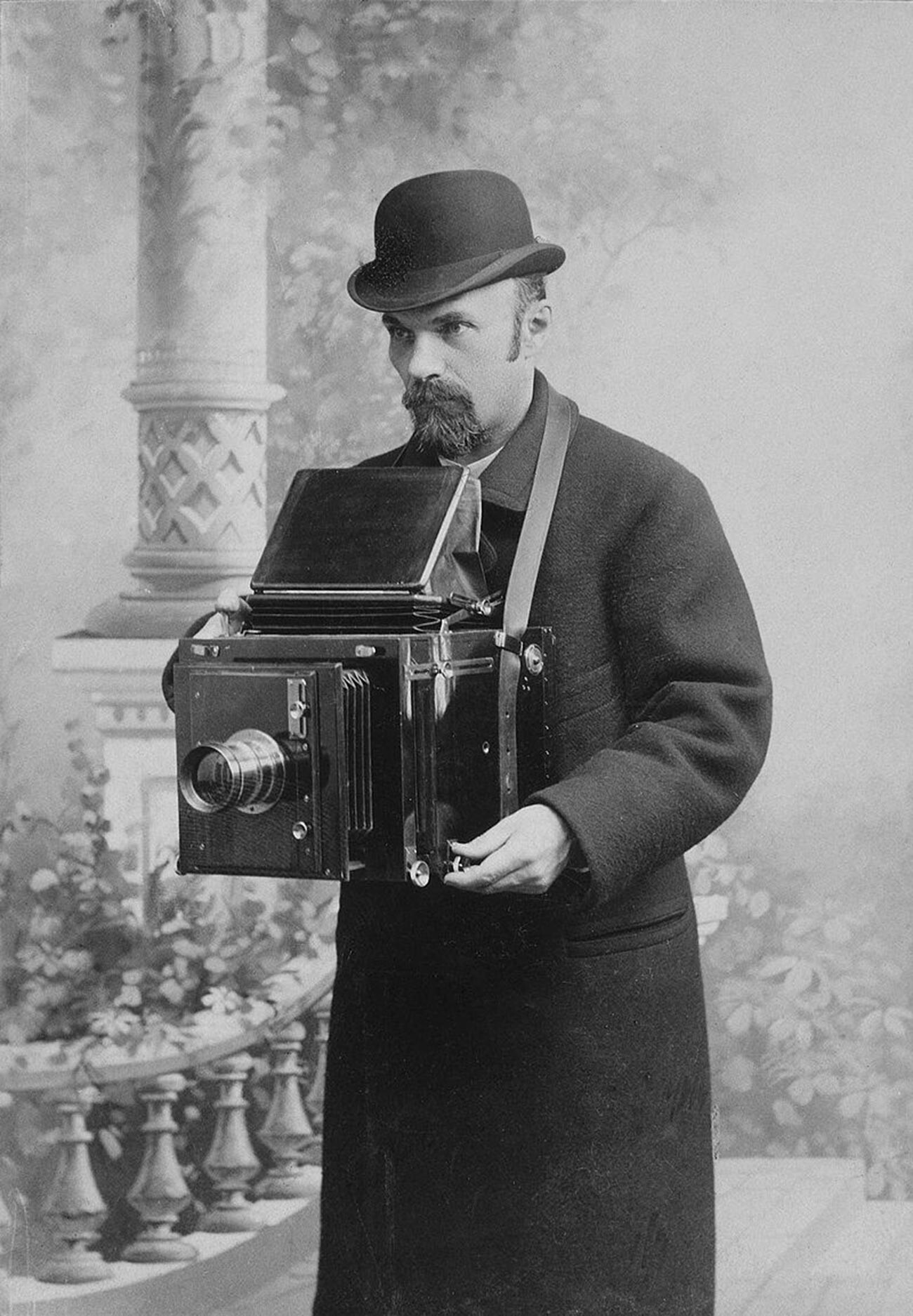
Karl Oswald Bulla was a German; he was born in 1855 in the Prussian town of Leobschütz (now Głubczyce in modern Poland). It’s unknown how he ended up in Russia, but, at 20 years old, he opened his photo studio on Nevsky Prospect in St. Petersburg. Initially, it was located in the Passage building that also ended up being depicted in Bulla’s photos.
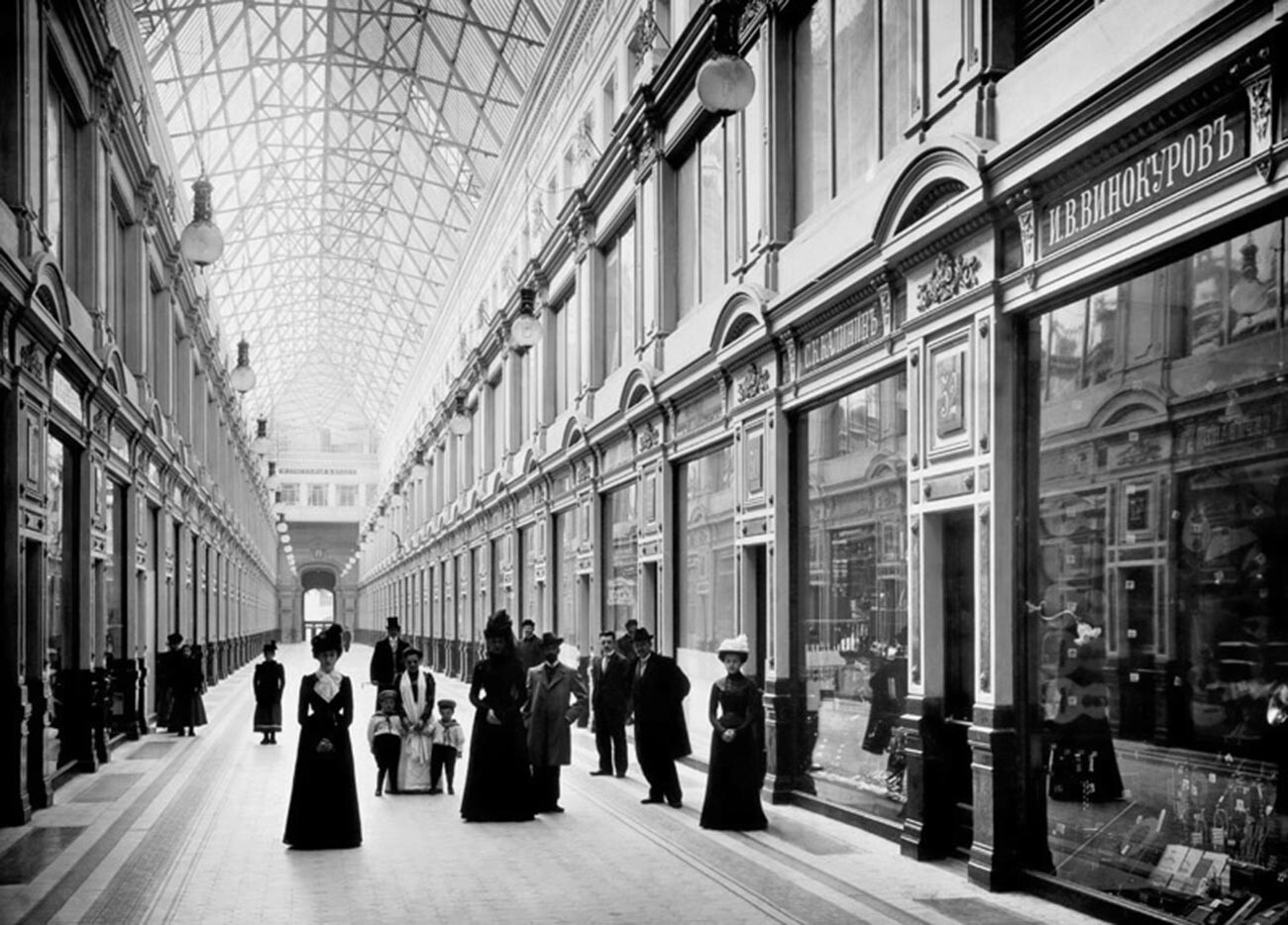
Then, the photographer bought a larger photo studio, also on Nevsky Prospect, not far from Gostiny Dvor. That’s why Bulla’s collection has a giant amount of photos of Nevsky Prospect.
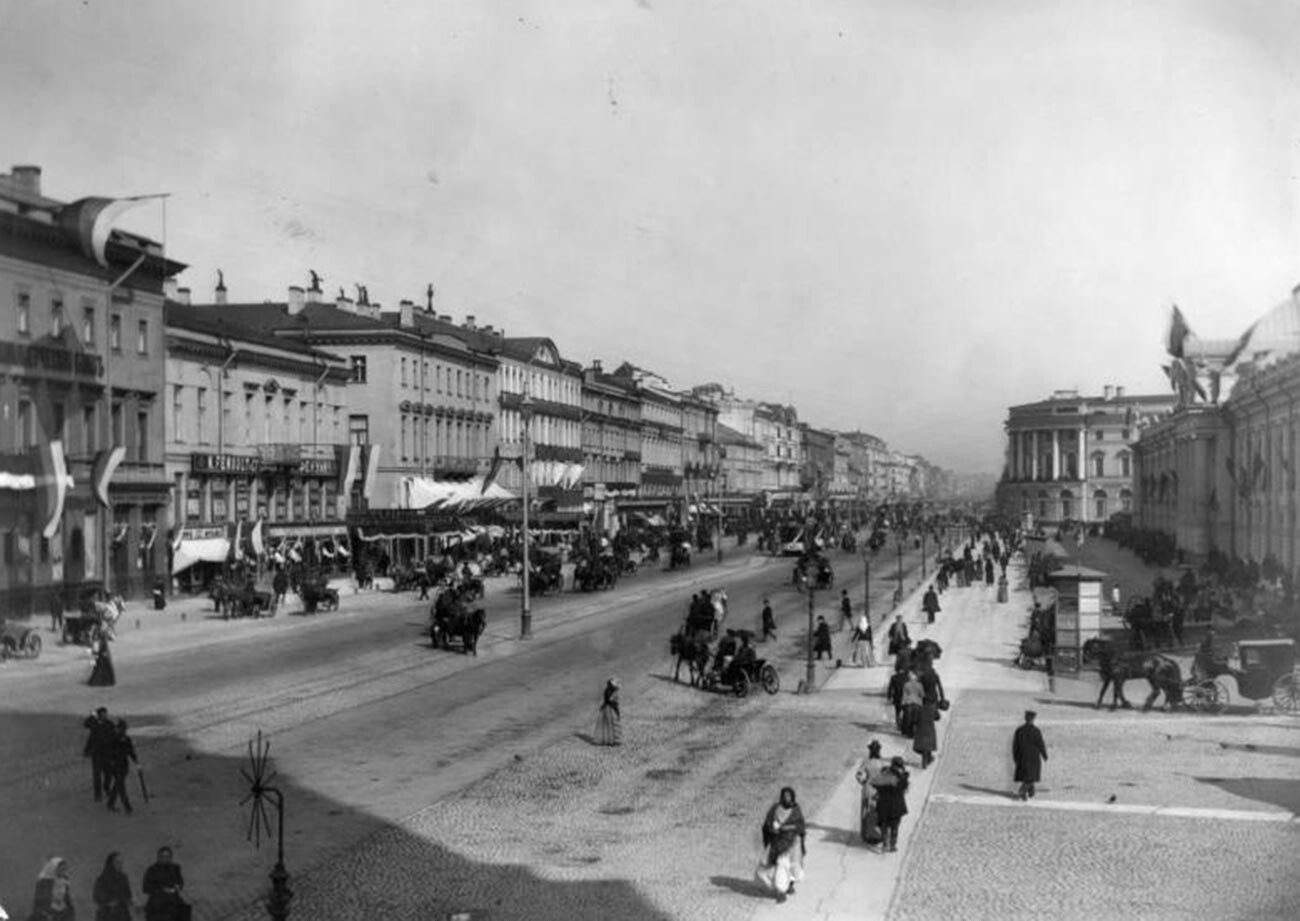
Some of these photos captured the features of these times – for example, this omnibus on Nevsky Prospect (pay attention to the white sign – it says: “K. K. Bulla’s Photography.”).
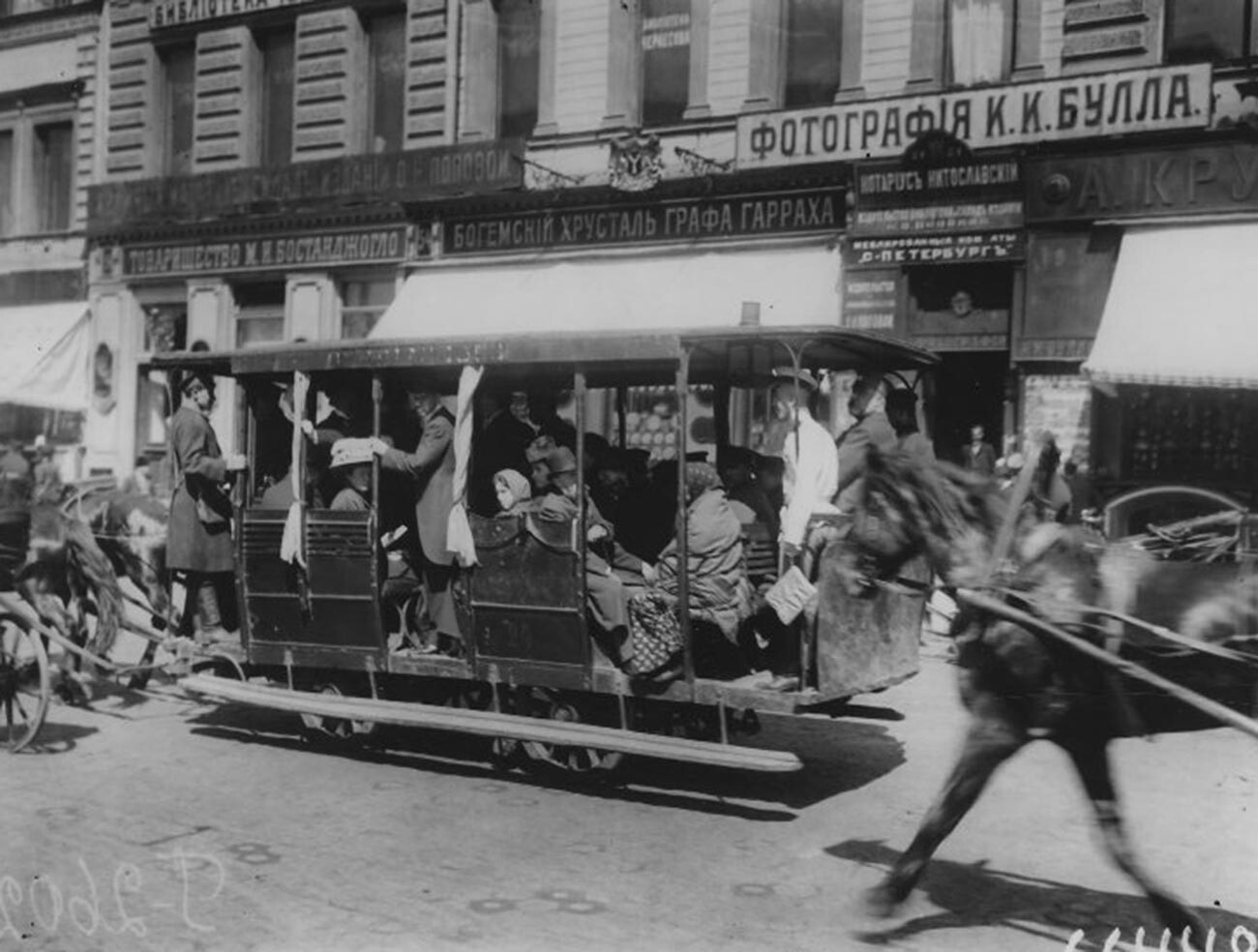
Many people visited his studio for studio shoots and in these old photographs we can see the brand signature: “K. Bulla. St. Petersburg.”
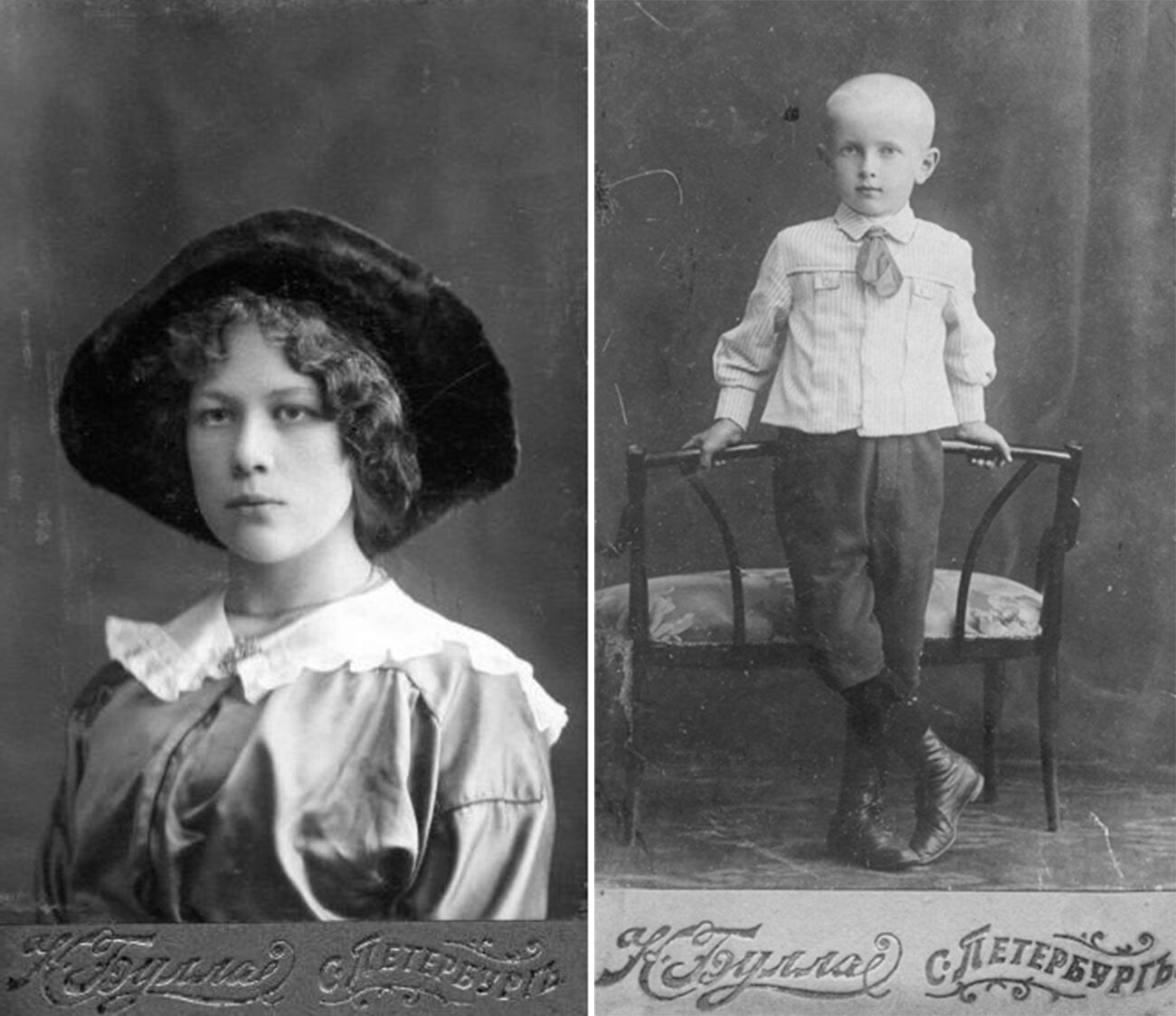
But, Bulla didn’t just do studio photo shoots, especially because he had received a permit from the authorities to take photos wherever he pleased – “on the streets, in apartments and in the immediate surroundings of St. Petersburg.”
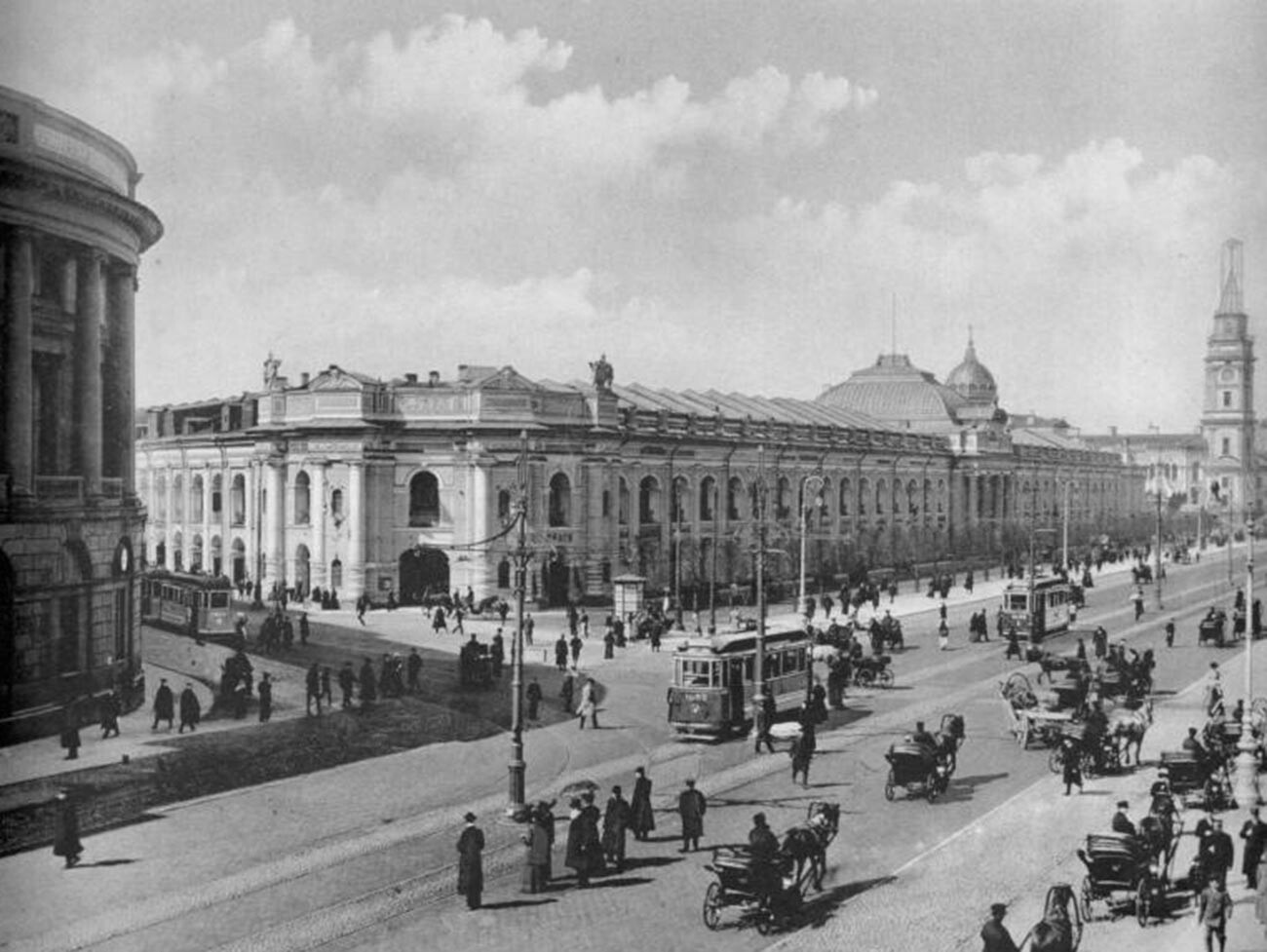
In the advertising booklet for his services, he stated that he was always ready to travel wherever needed, that he was ready to photograph at any time, even in the evenings; he did portraits of the deceased, group photos, interior photos, photos of architecture, workers, railways, city views… in short, anything and everything.
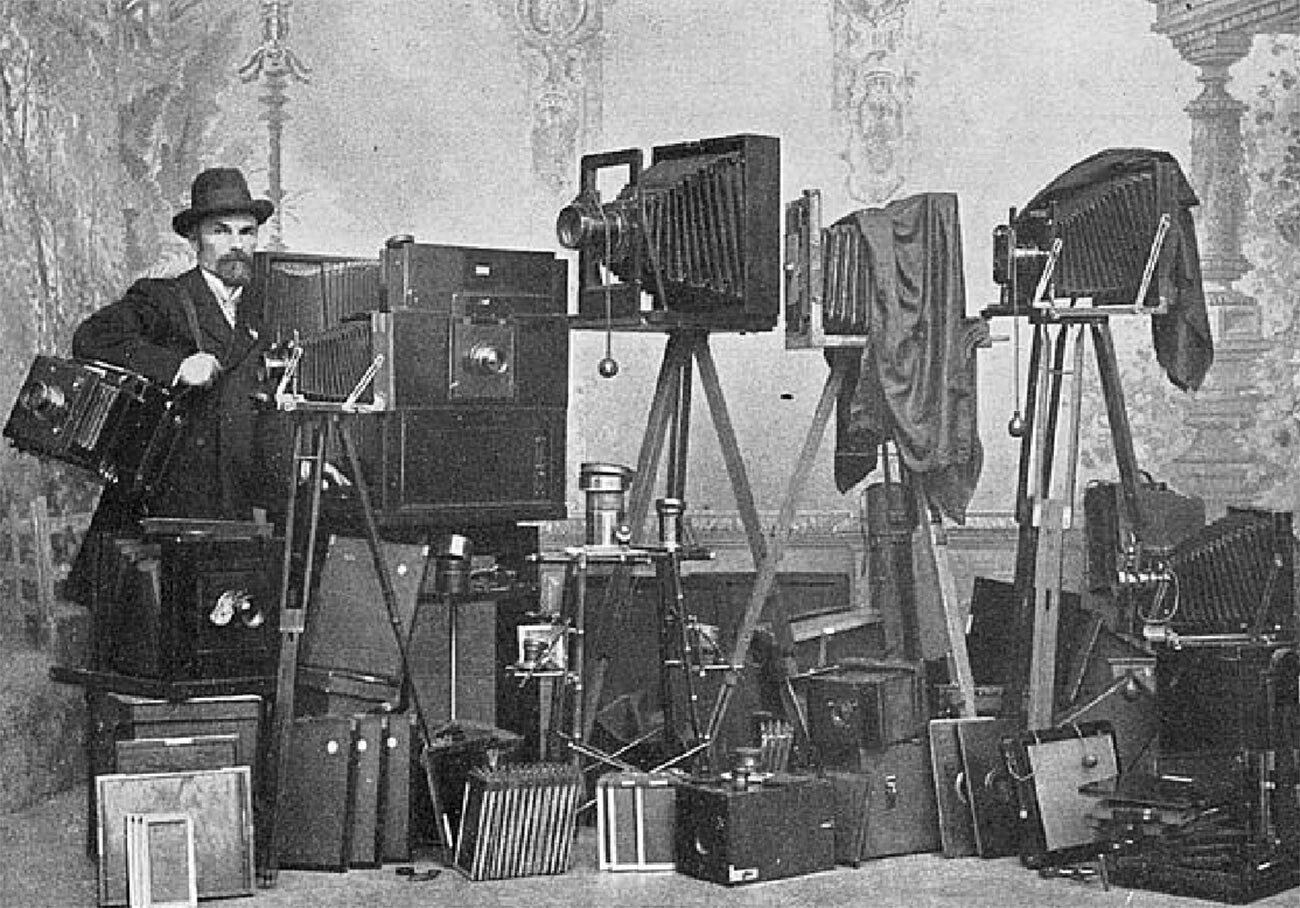
Bulla became a real photographic witness of an entire era and, thanks to him, we today can see Tsarist Russia at its sunset and witness realities that were lost forever.
In particular, Bulla left many photos of St. Petersburg – be it street vendors…
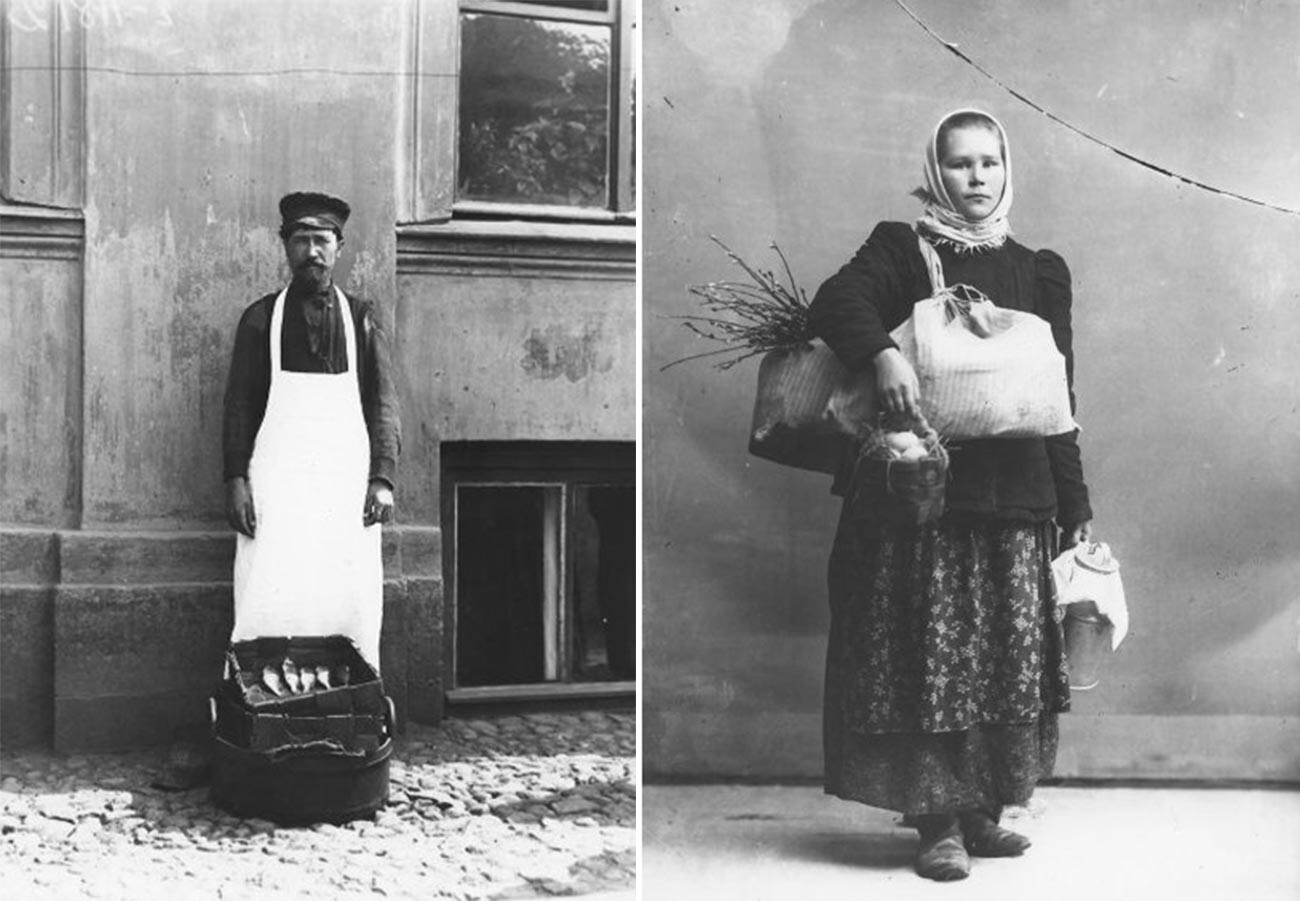
…or garbage men…
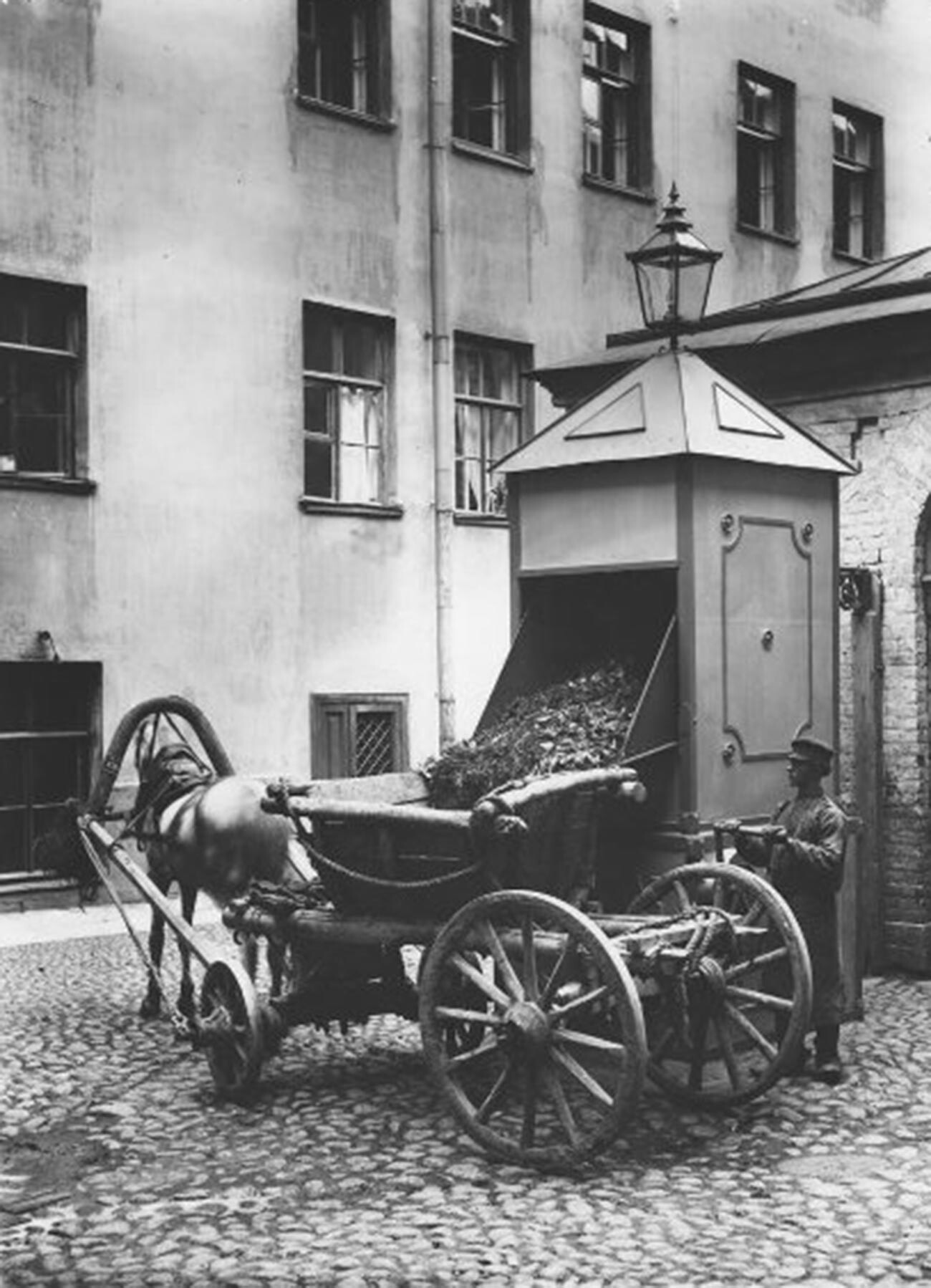
…or a canteen for the poor…
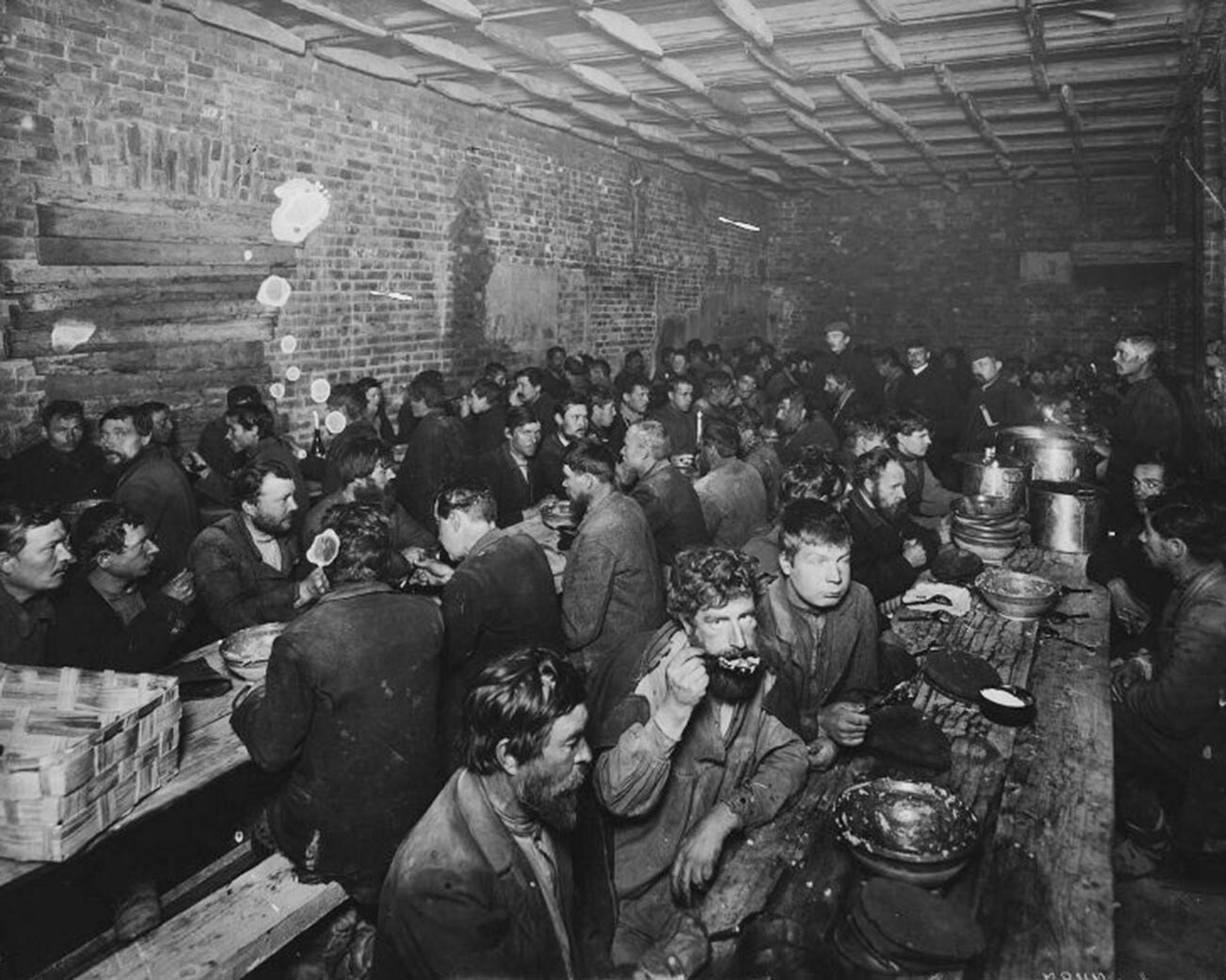
…or, in contrast, a bar in the expensive restaurant Medved’ (Bear)…
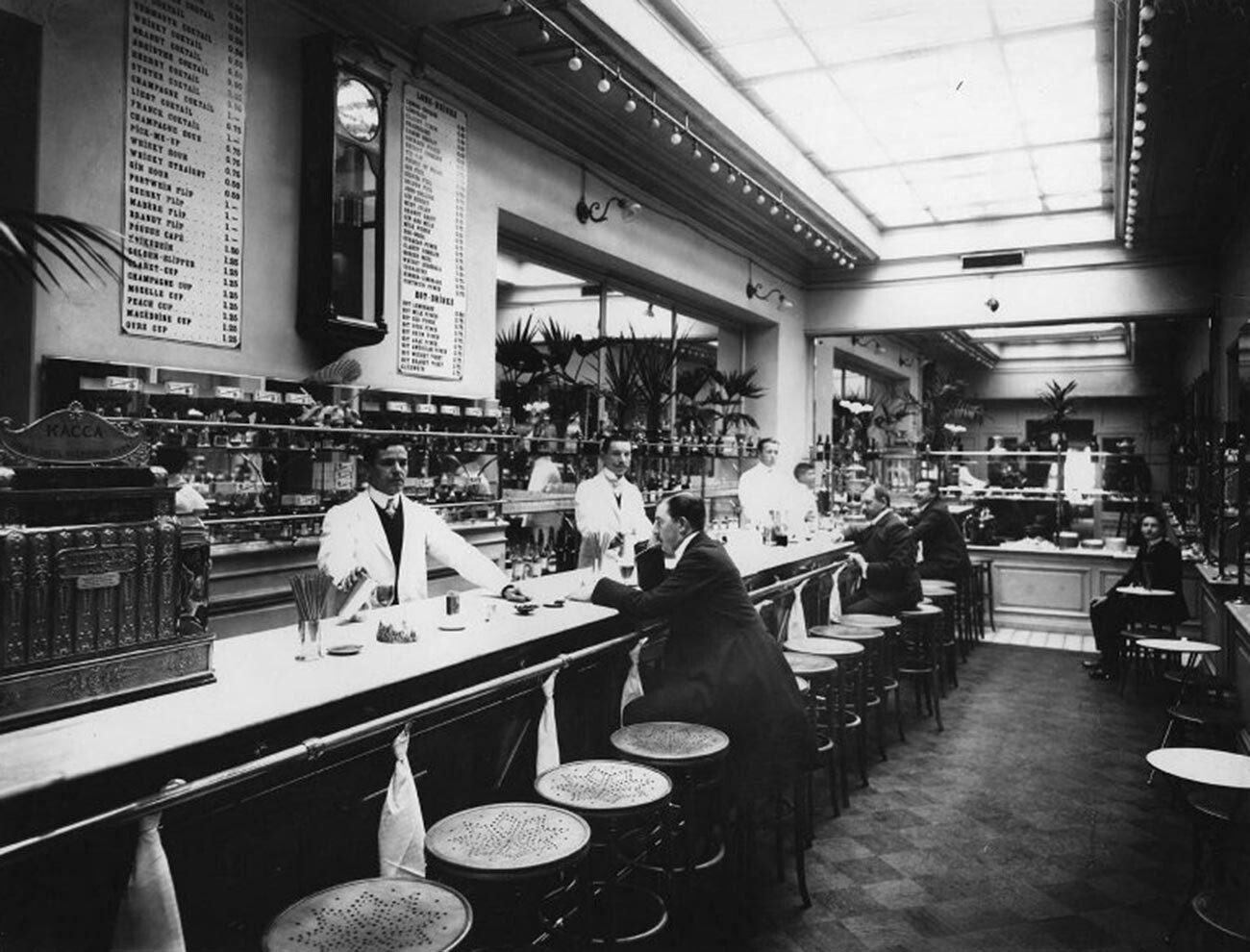
…or a book store of the most famous publisher – Aleksei Suvorin…
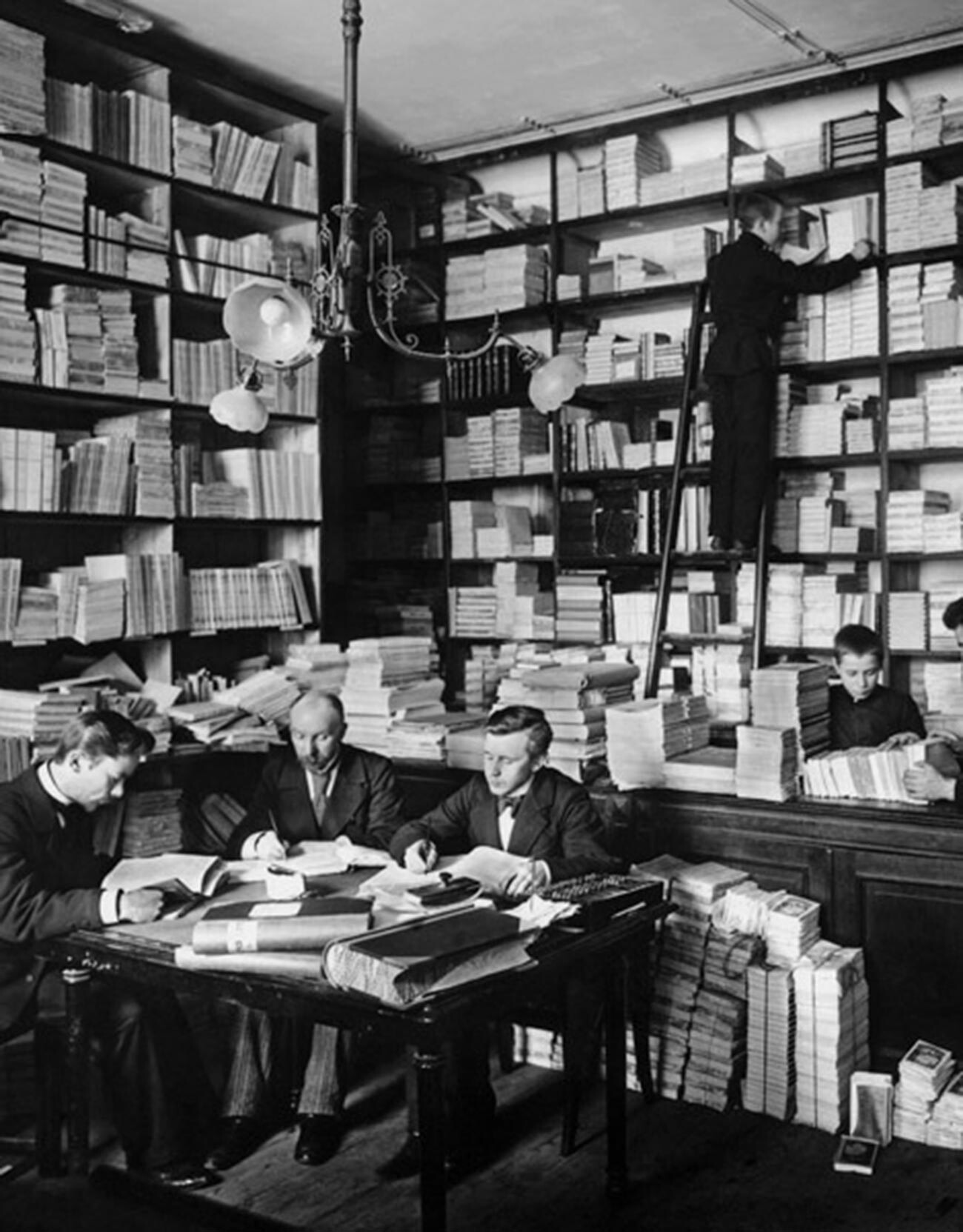
…or a holiday festivity on Maslenitsa – katalnaya gorka (Russian Mountain), thanks to which such amusement rides in Europe are still called ‘Russian mountains’.

A unique photo of a horse-drawn tram on the Nikolaevsky Bridge (during Soviet times it was seriously redone and now is called the Annunciation Bridge).
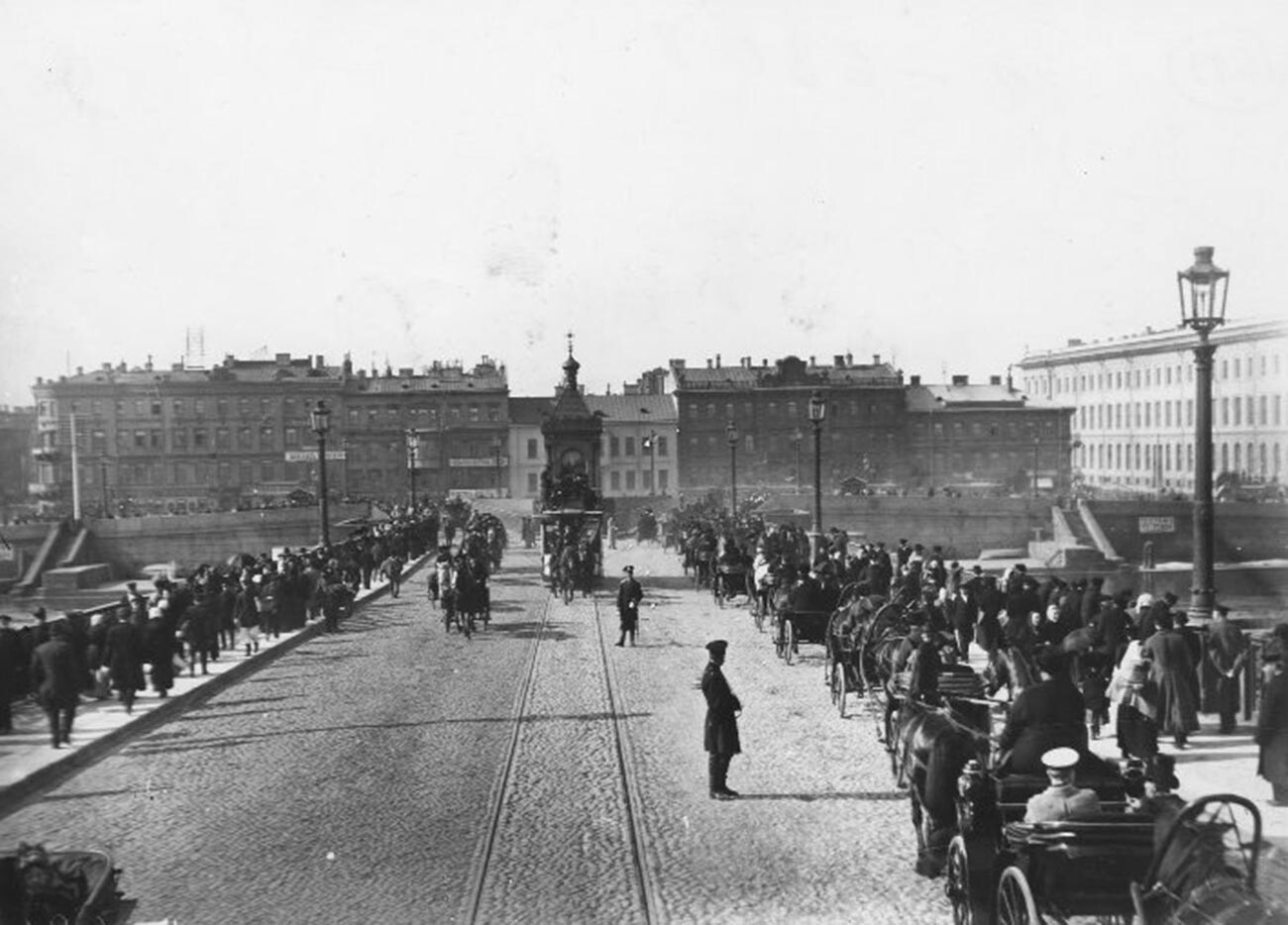
Bulla also captured the many floods of St. Petersburg.

Below, the St. Petersburg inhabitants watch the solar eclipse of April 4, 1912.
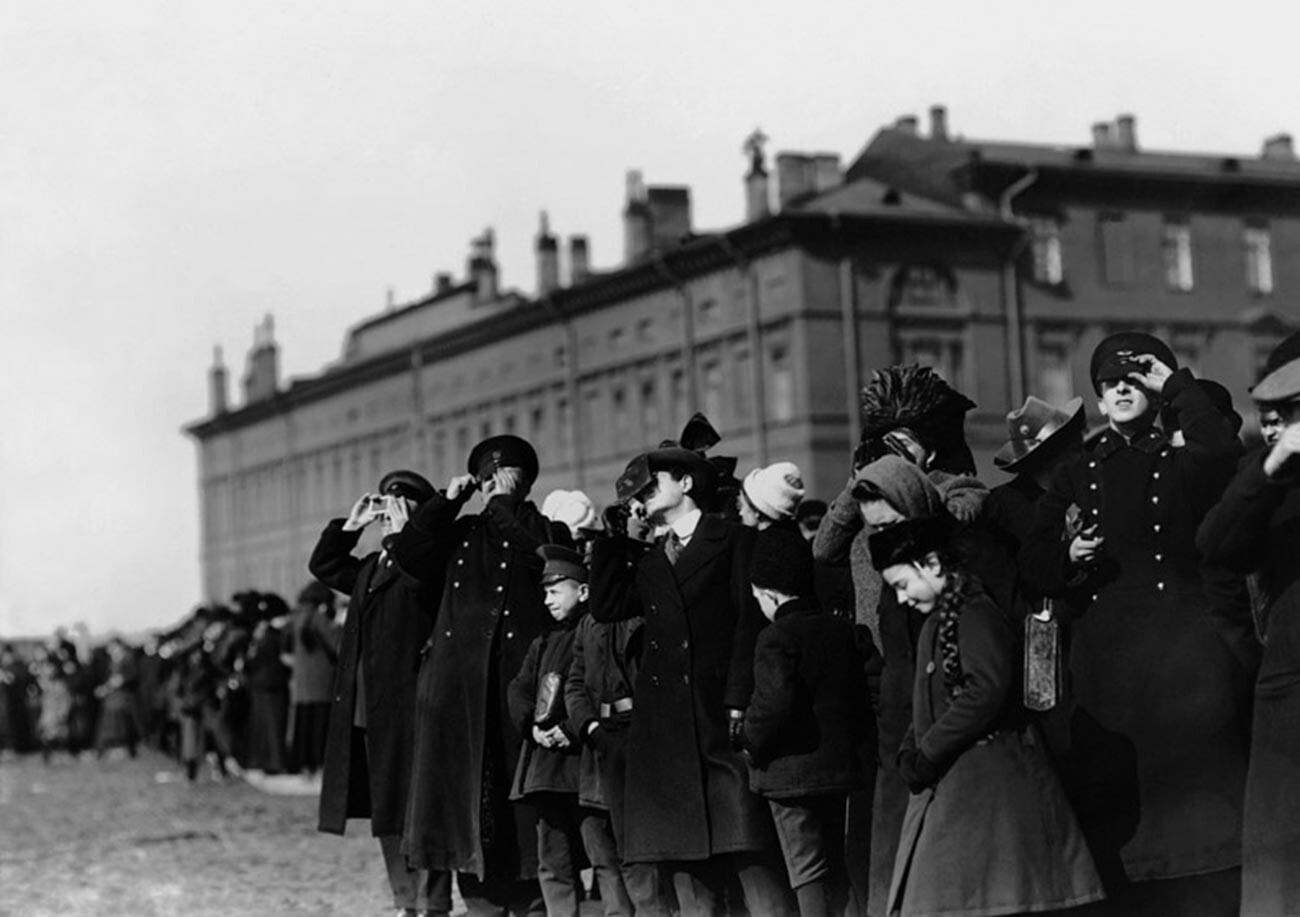
He went to Lake Ladoga not far from St. Petersburg and documented the everyday life of the Konevsky Monastery.
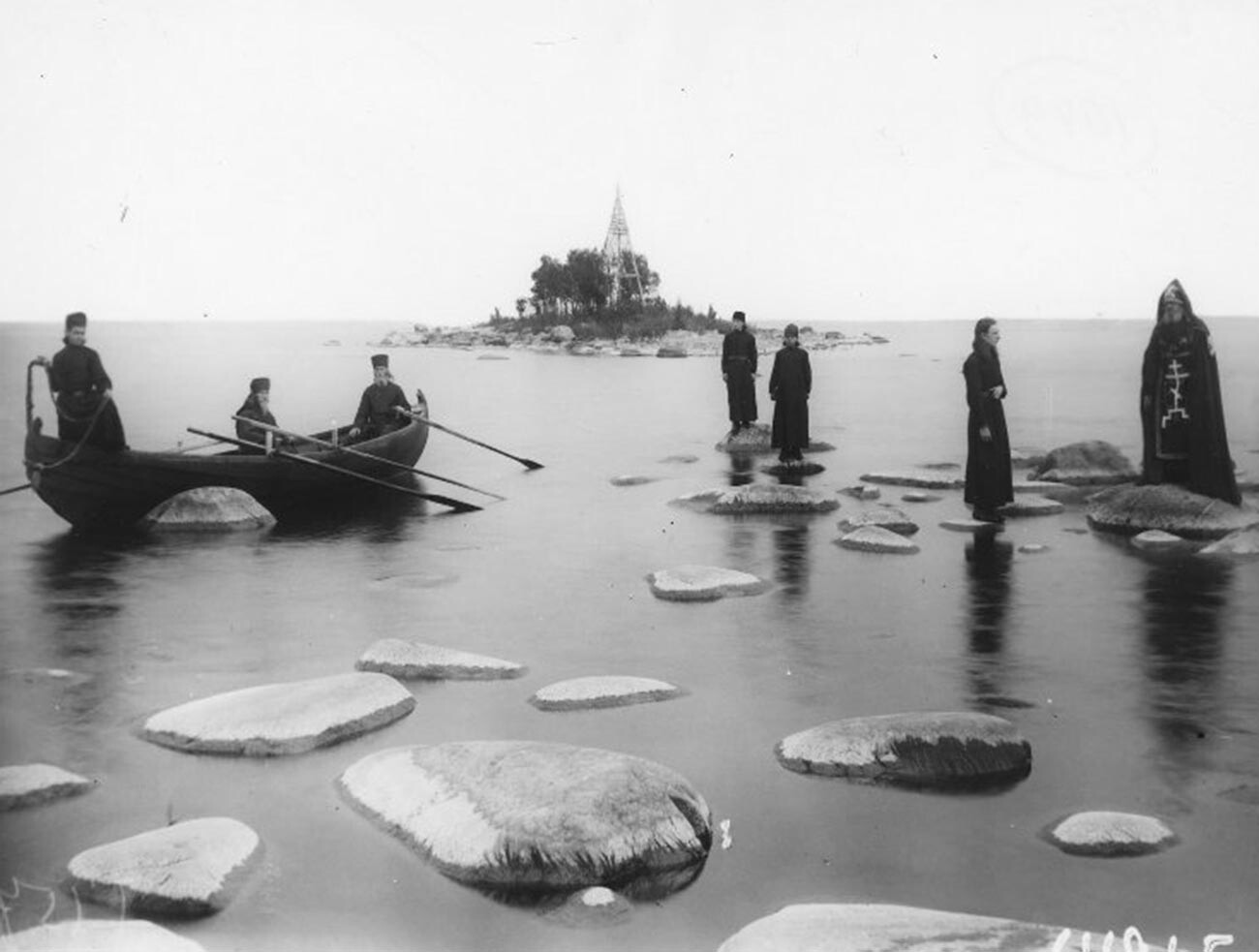
He took amazing portraits of the Schema monks.
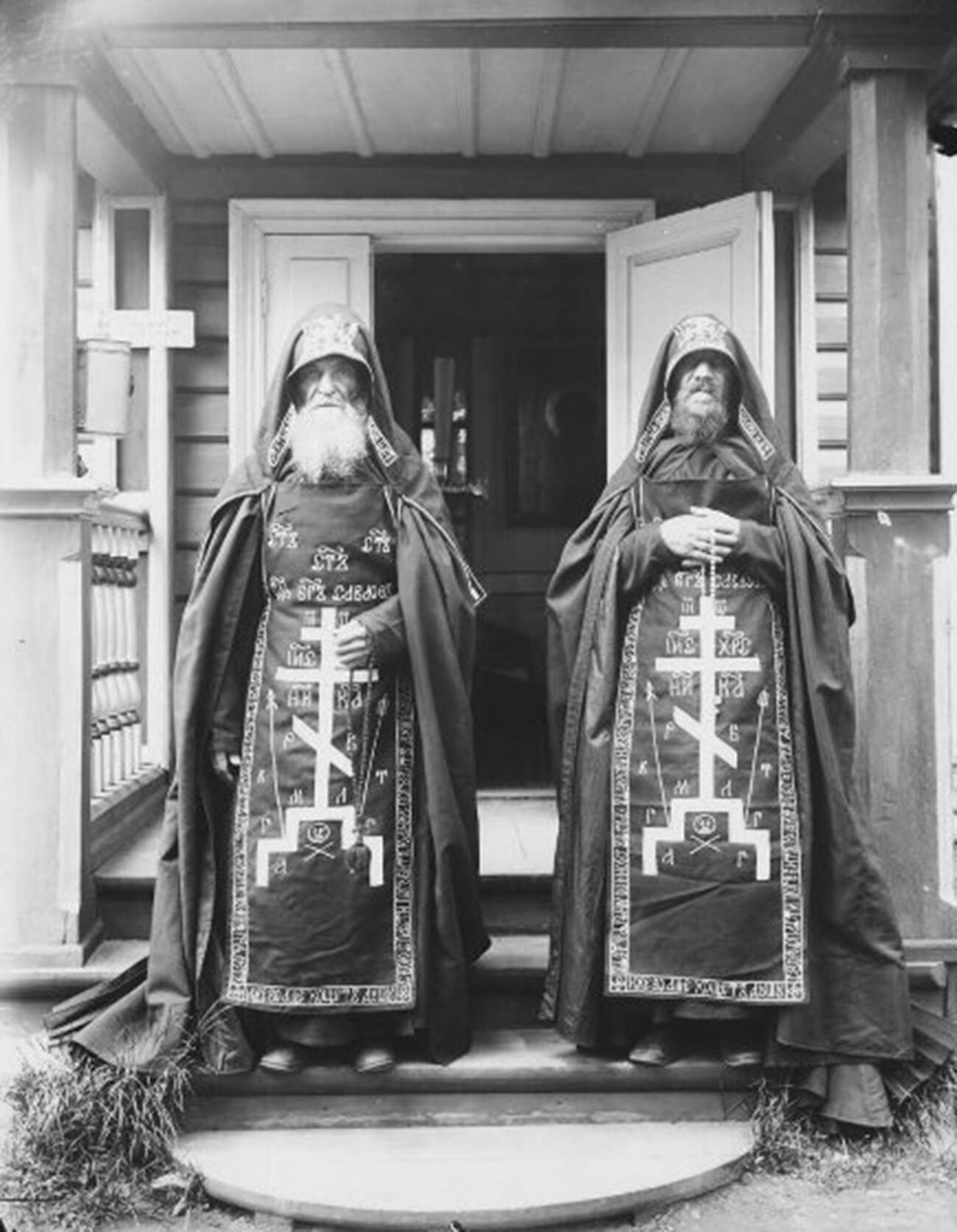
You can also see interesting features of the time depicted in Bulla’s photos. For example, this military hospital car.
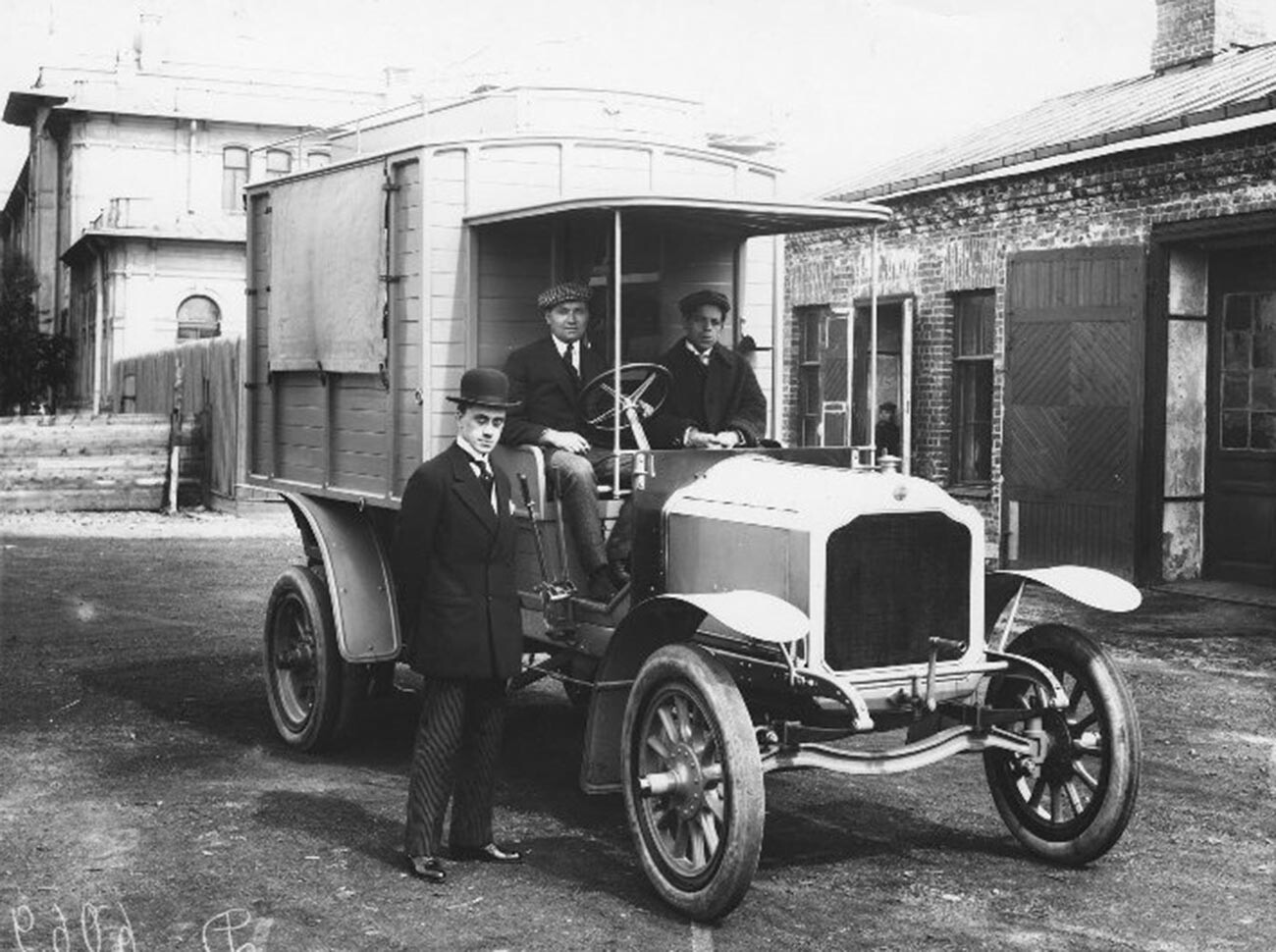
The testing of a gasoline engine (with the backdrop of the Bronze Horseman, a monument to Peter the Great).

What do you think about this bunk arrangement in a train coach?
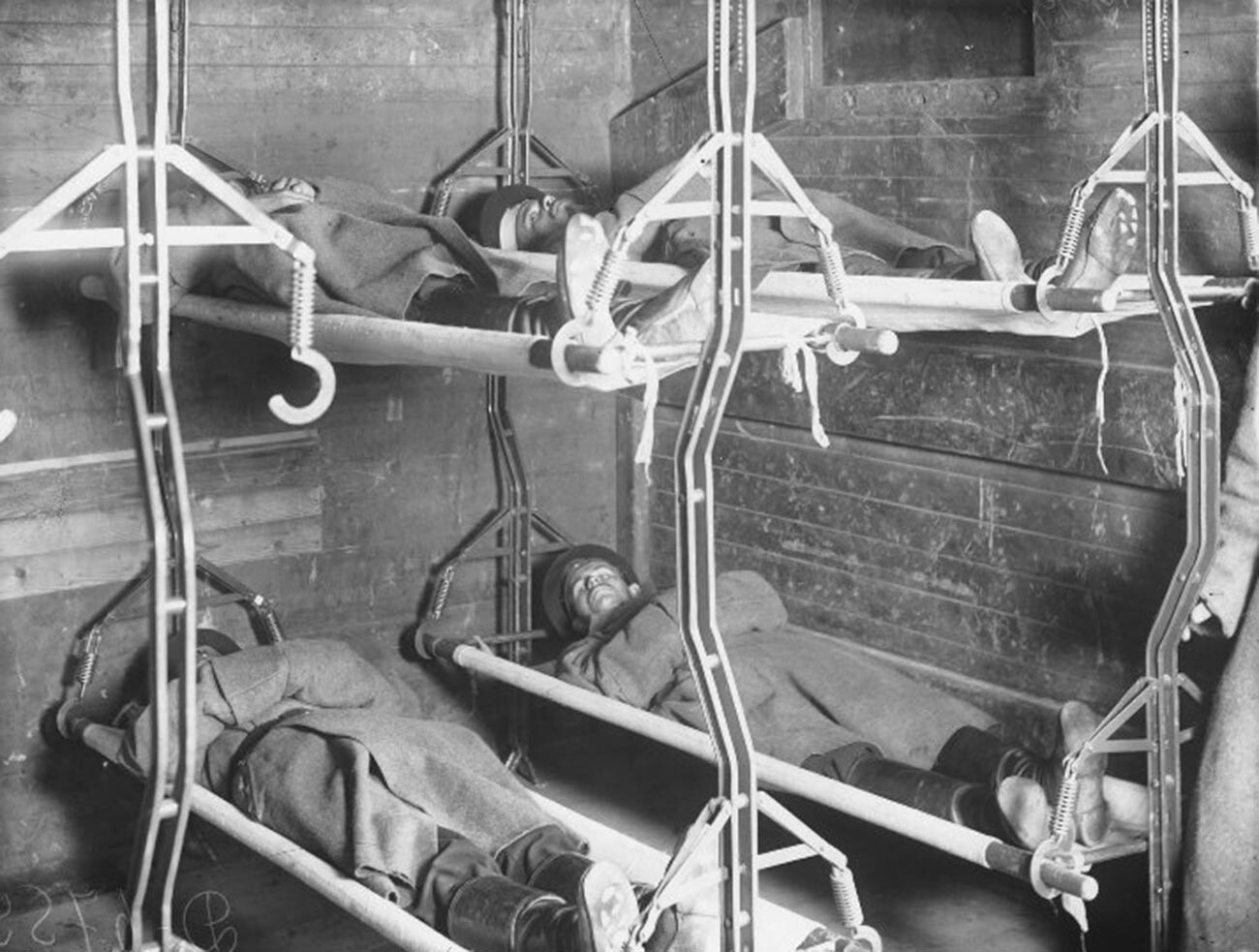
Bulla also captured the takeoff of a new plane, the Farman IV (1910).
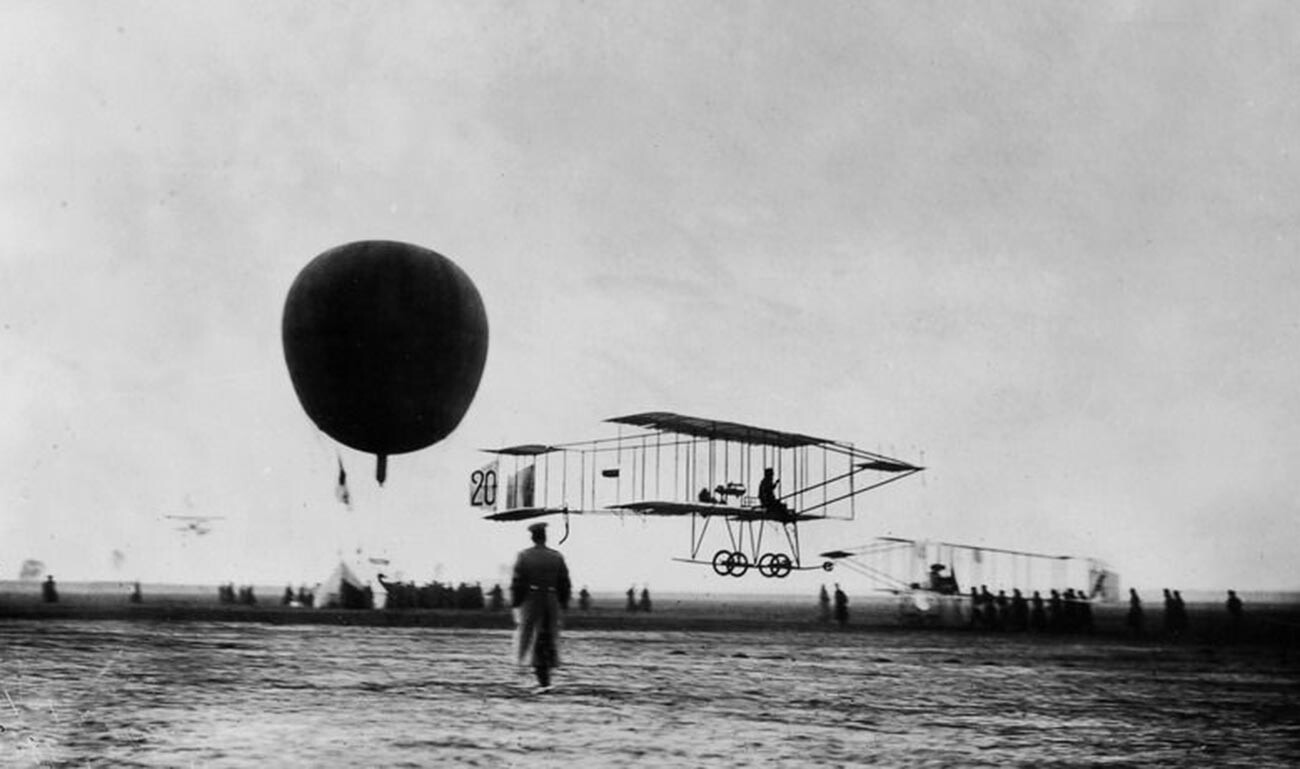
Leo Tolstoy’s contemporary, Bulla couldn’t leave his collection without a photo of one of the most famous turn-of-the-century authors.
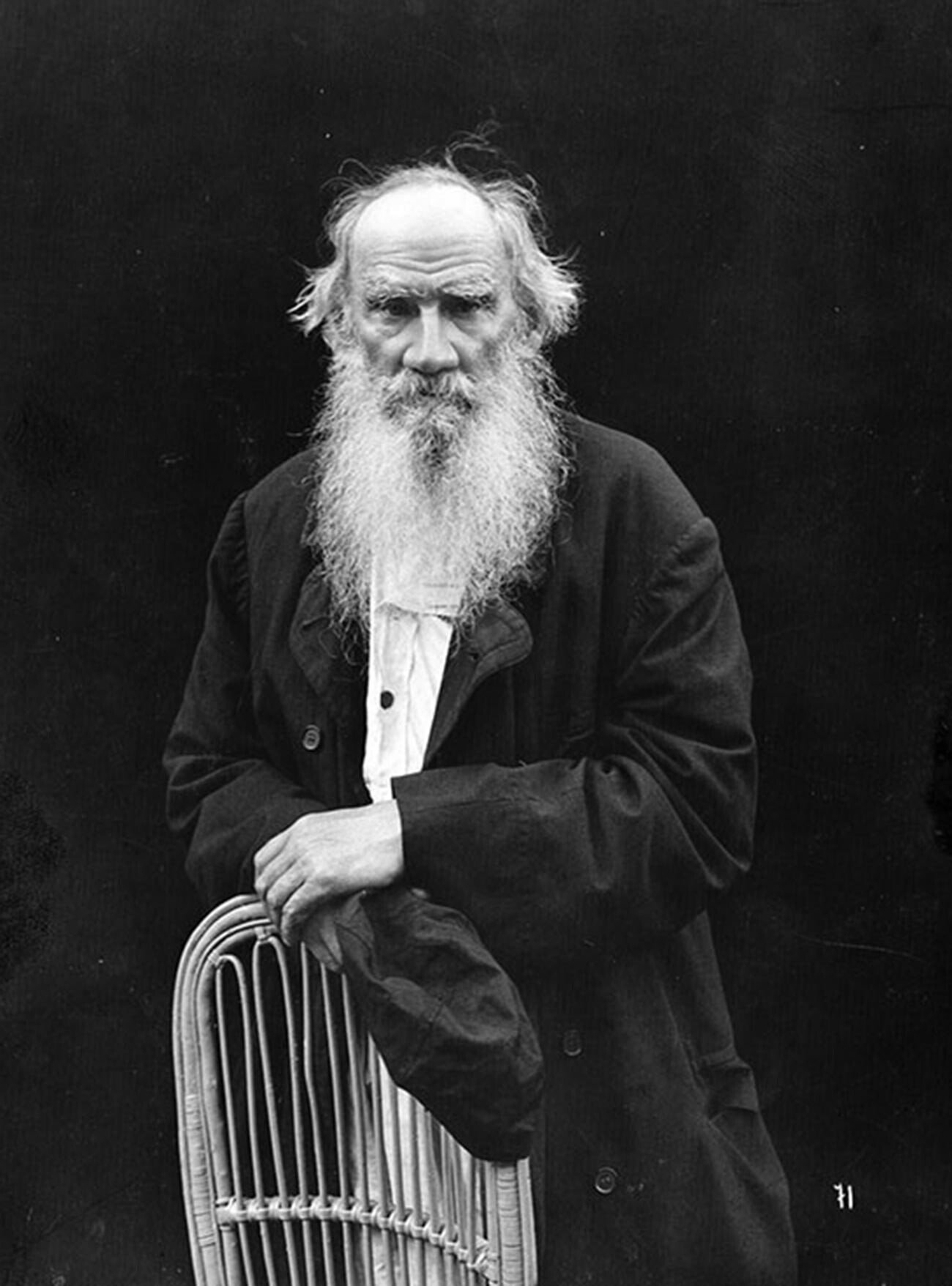
The photographer visited Tolstoy’s estate at Yasnaya Polyana and took photos of the manor and the writer’s family.
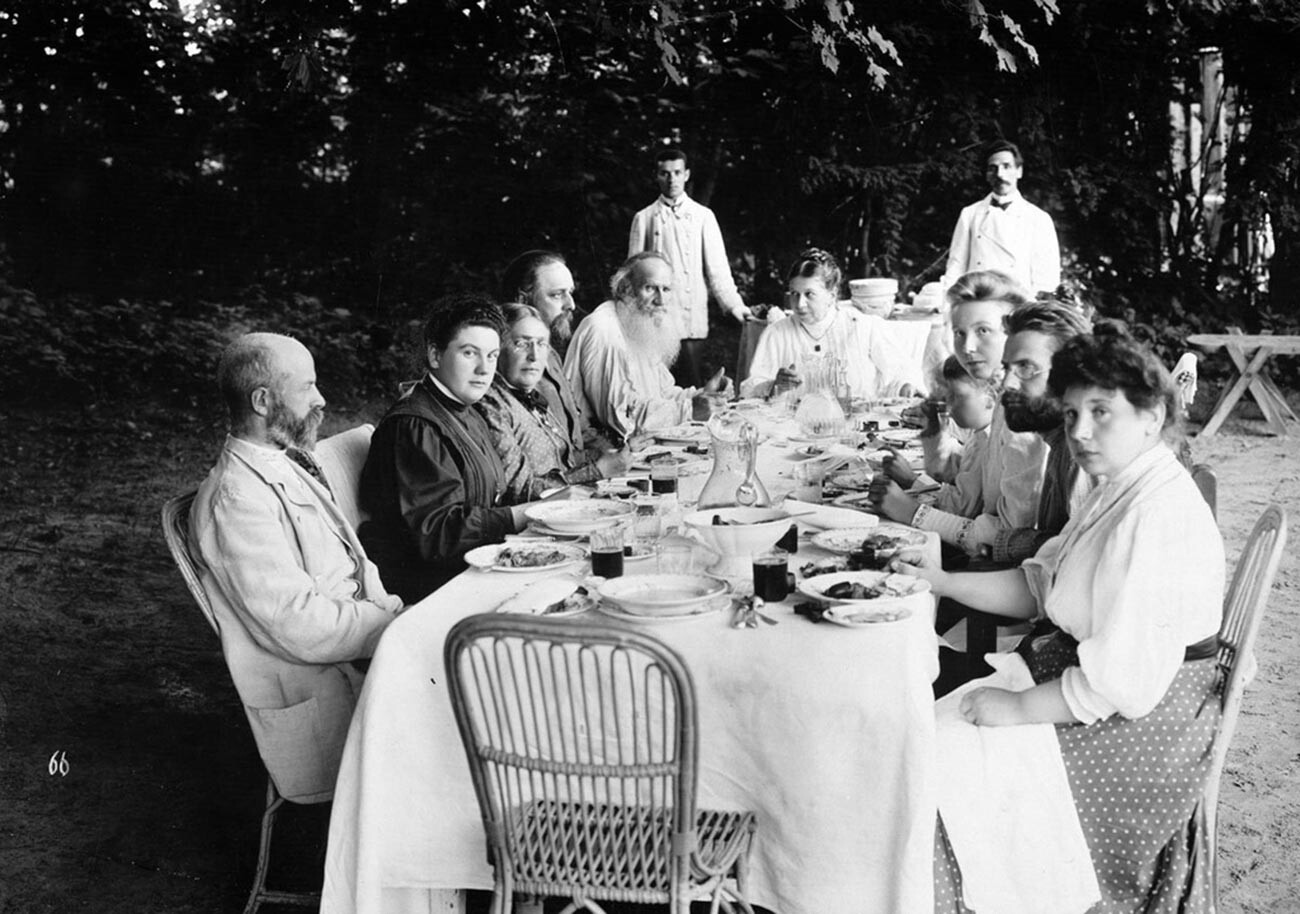
Bulla also often visited painter Ilya Repin’s estate, the Penates, where he took a photo of his famous guests – for example, the photo below shows art critic Vladimir Stasov, writer Maxim Gorky and Repin himself.
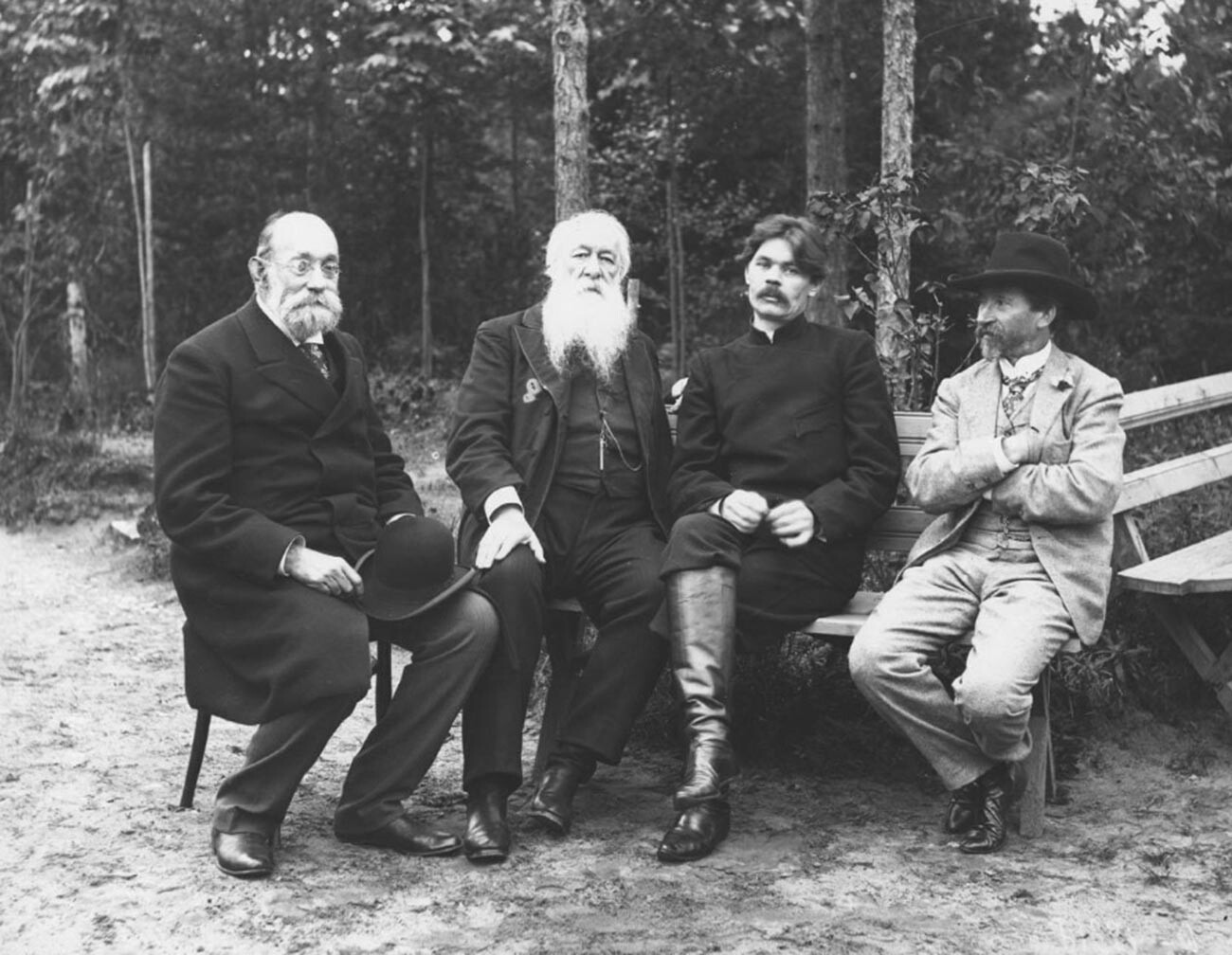
Here, Bulla took a photo of how Maxim Gorky and his mistress, actress Maria Andreeva, pose for Repin.
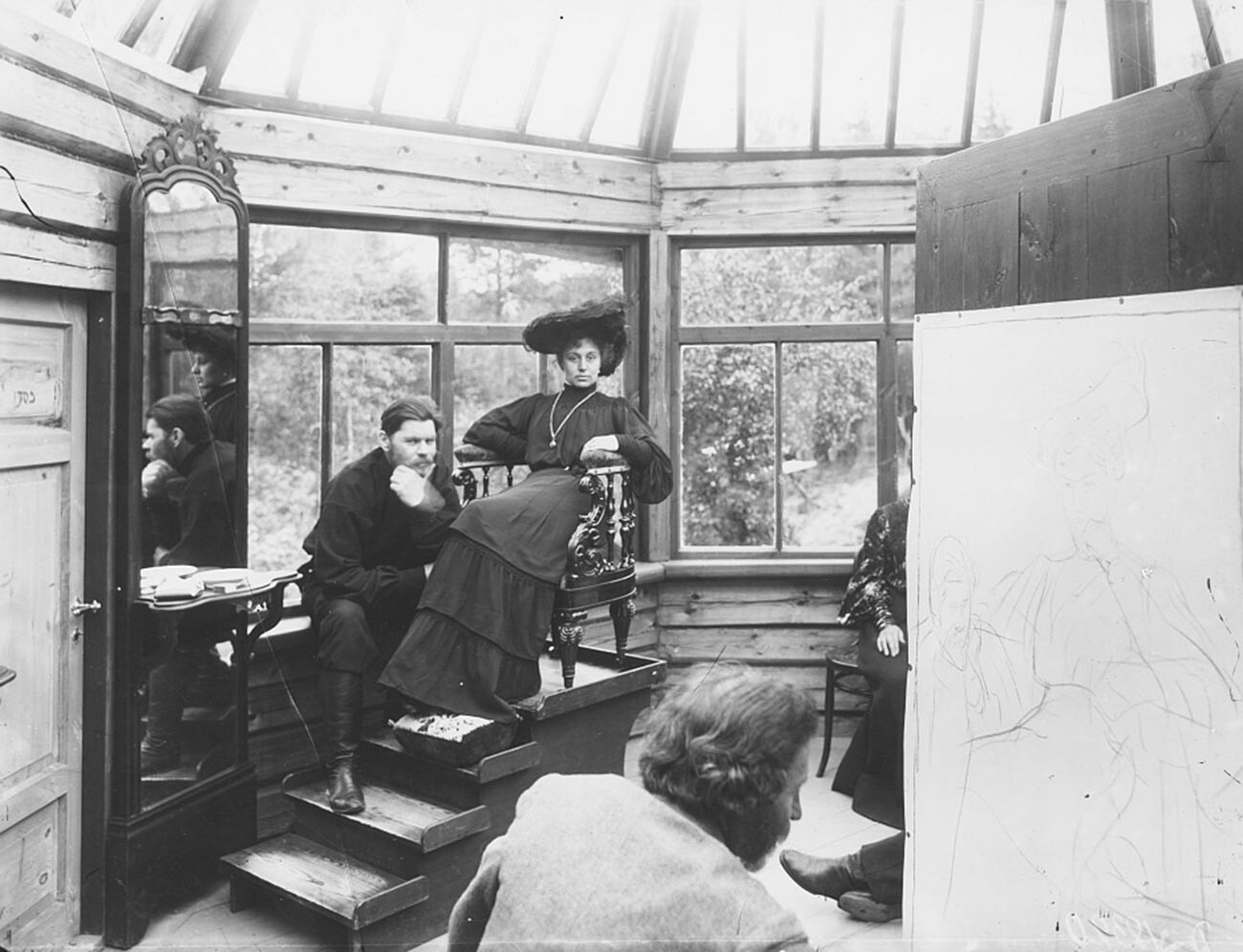
At Repin’s estate, Bulla received the news of the passing of the great Tolstoy and he took a historical photo of how Repin reads the message about Tolstoy’s death in the presence of writer Korney Chukovsky (a portrait of Tolstoy by Repin hangs in the background).
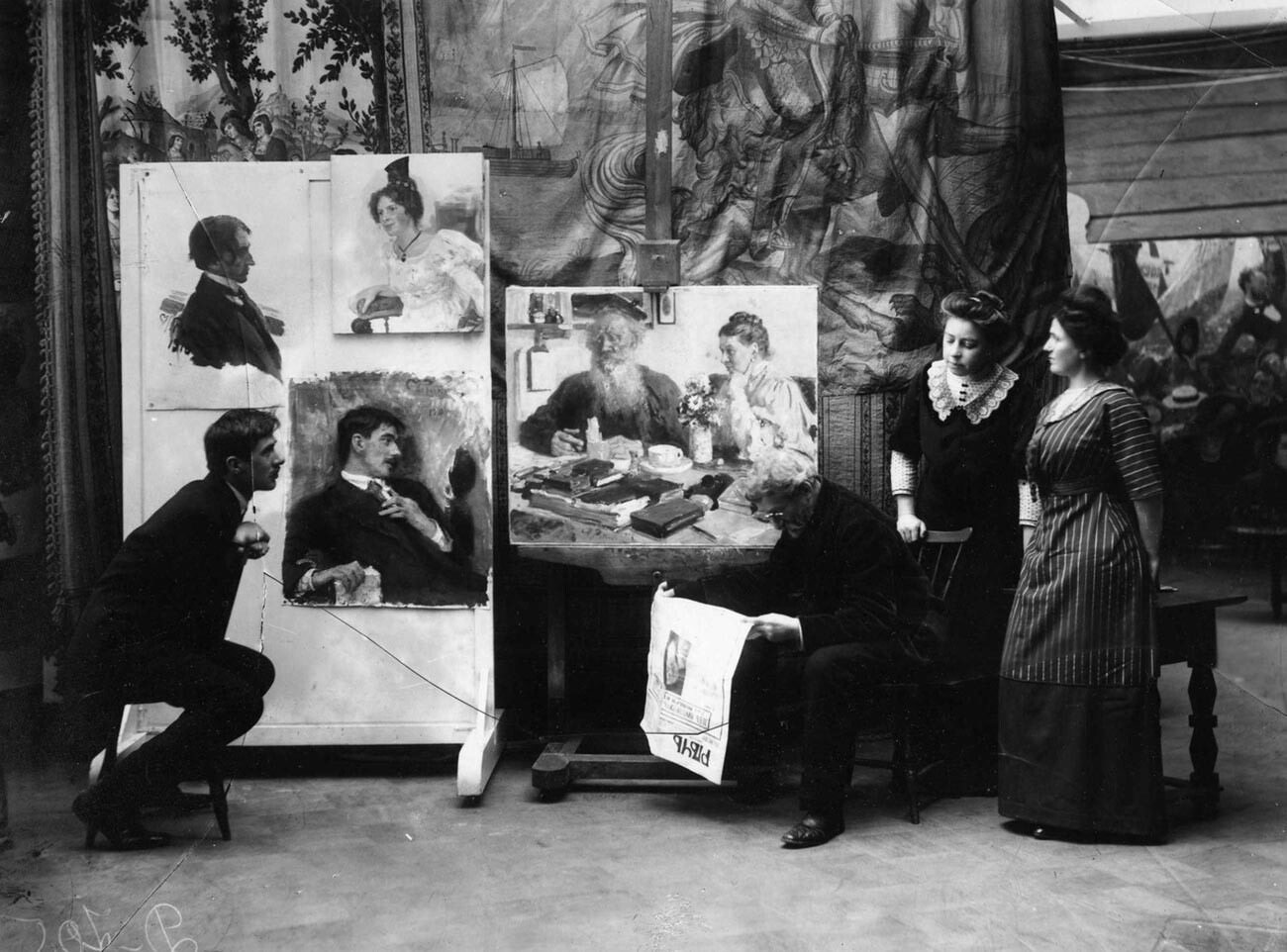
Bulla also captured a photo of a St. Petersburg priest, Russia-wide known pastor John of Kronstadt, canonized by the Russian Orthodox Church in 1909.
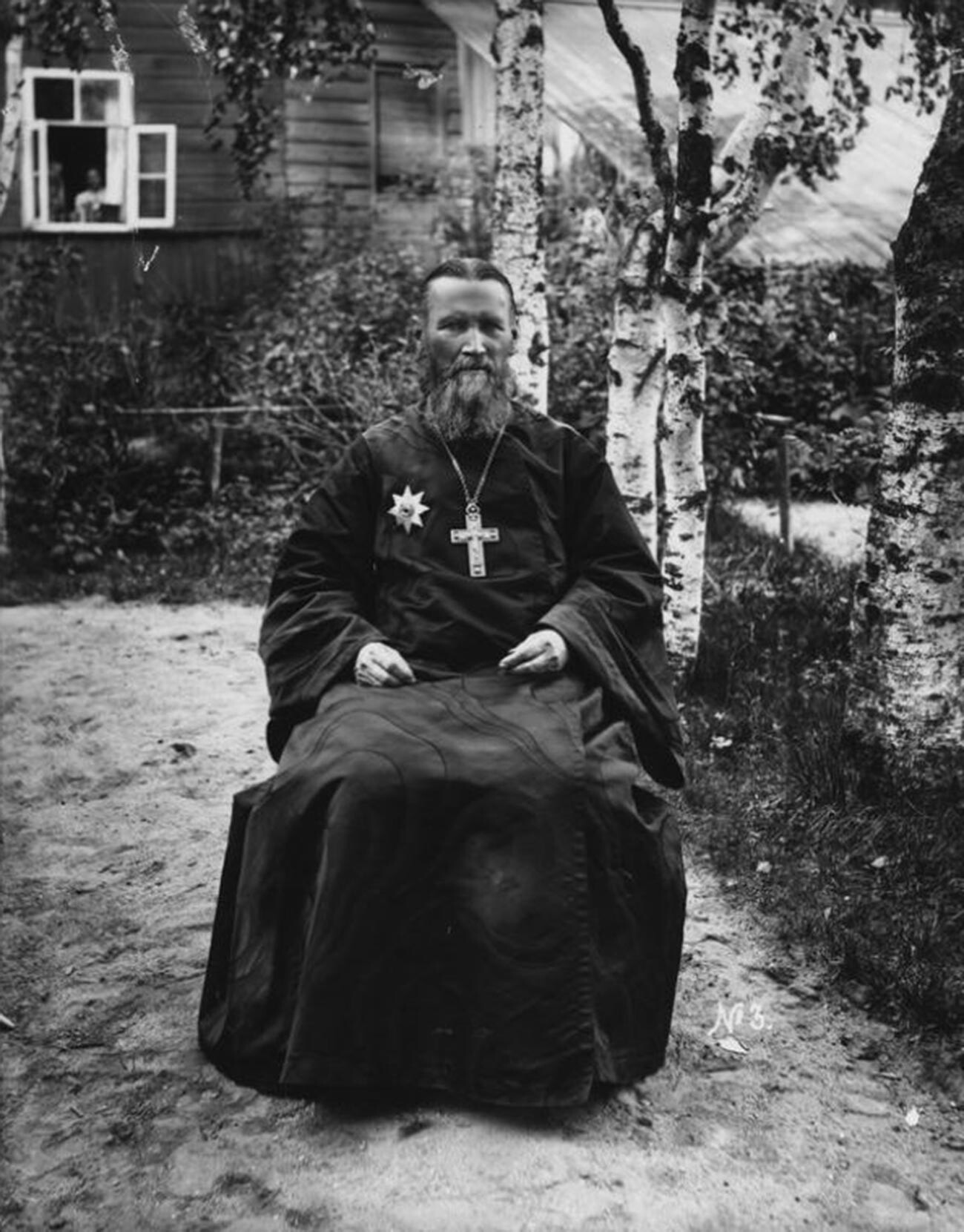
He took a portrait of the “great and terrible” Grigory Rasputin, the friend of the imperial family, as well. In this photo, he is with officers from the imperial palace administration.
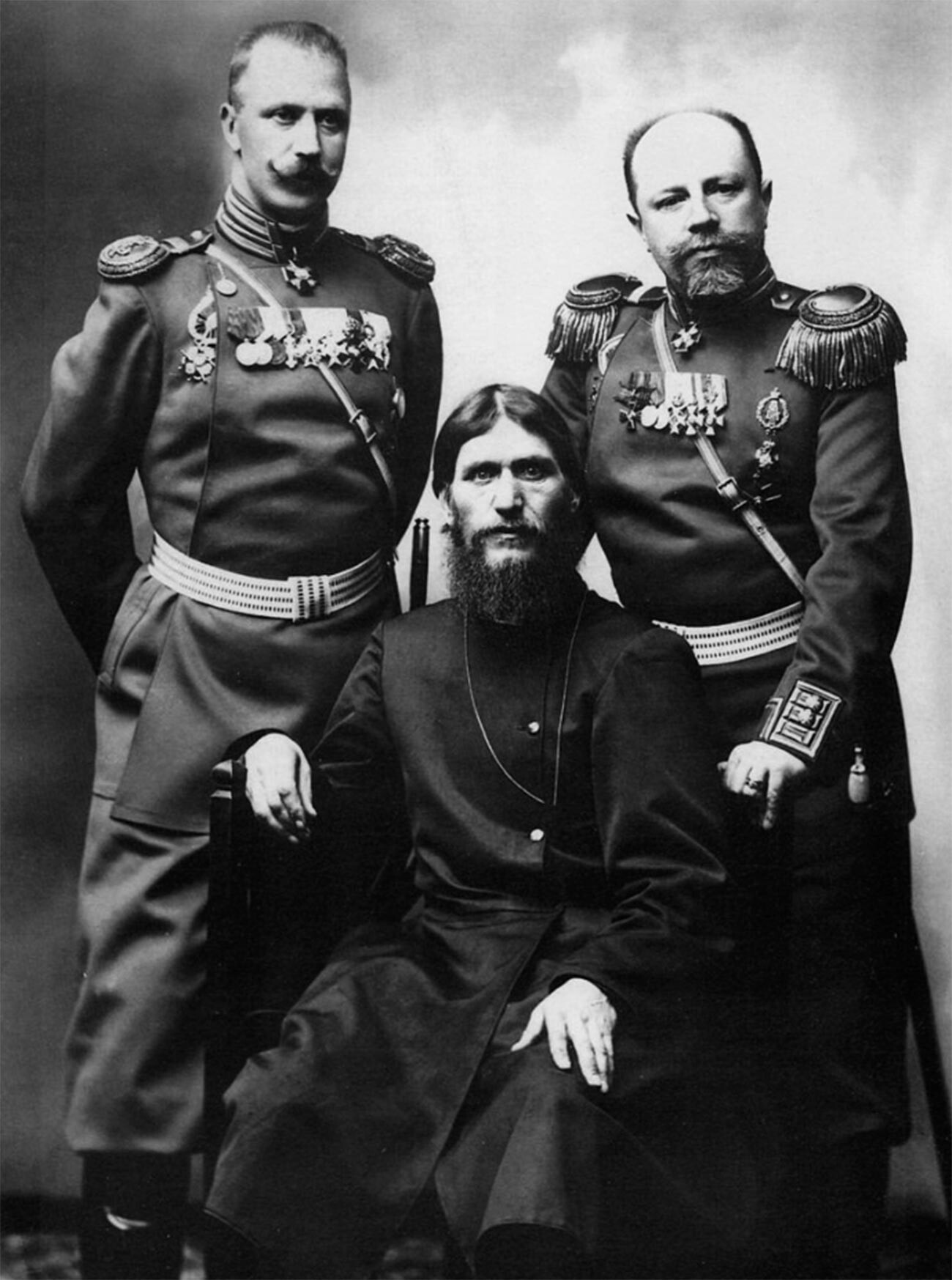
From the 1890s, Karl Bulla’s photographs were published in magazines – he became famous across the entire country. He was now invited to photograph the highest officials and he also took rare photos of the emperor himself. Here, he visits Kostroma for the 300-year anniversary of the Romanov House celebration.
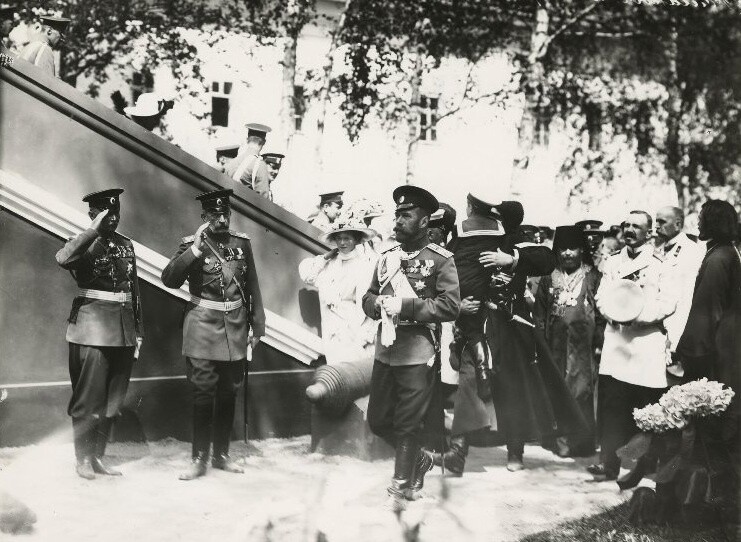
Below, by old Russian hospitality tradition, he is greeted with bread and salt.

Here’s Nicholas II talking to peasants.
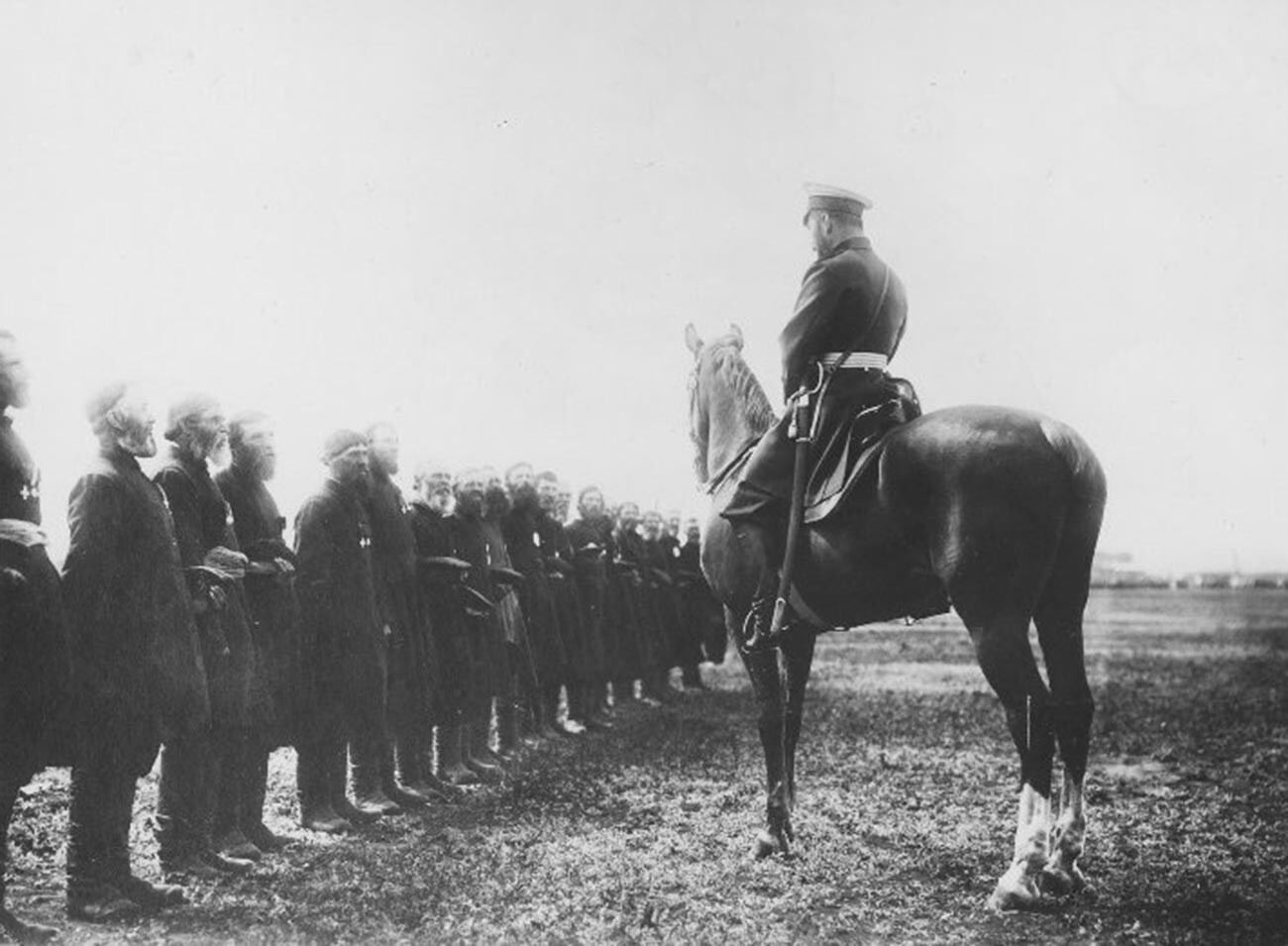
Here is him celebrating the 200th anniversary of St. Petersburg in 1903.
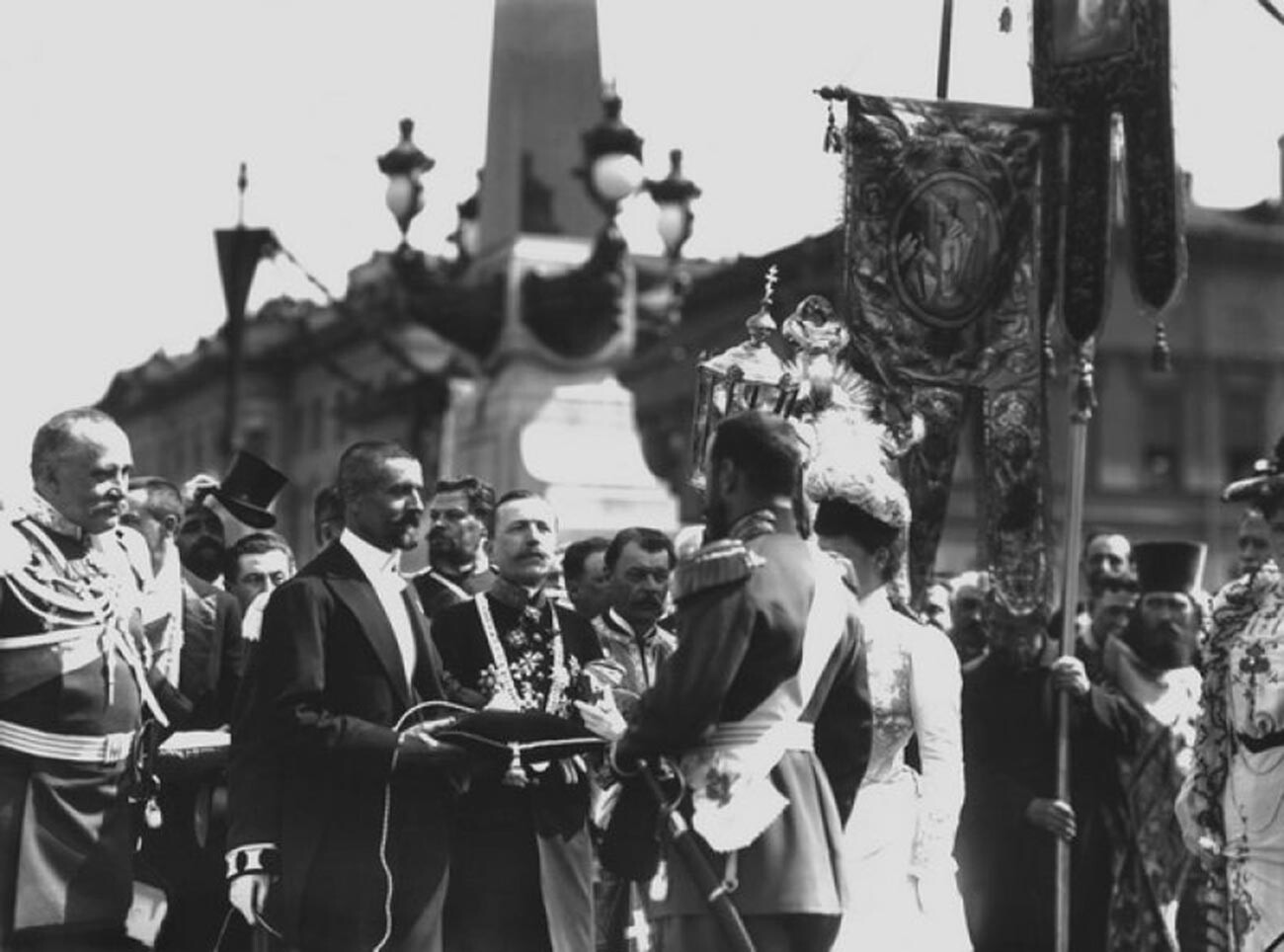
Here’s him rushing (with his mother) for the launch of their new yacht, Alexandra.
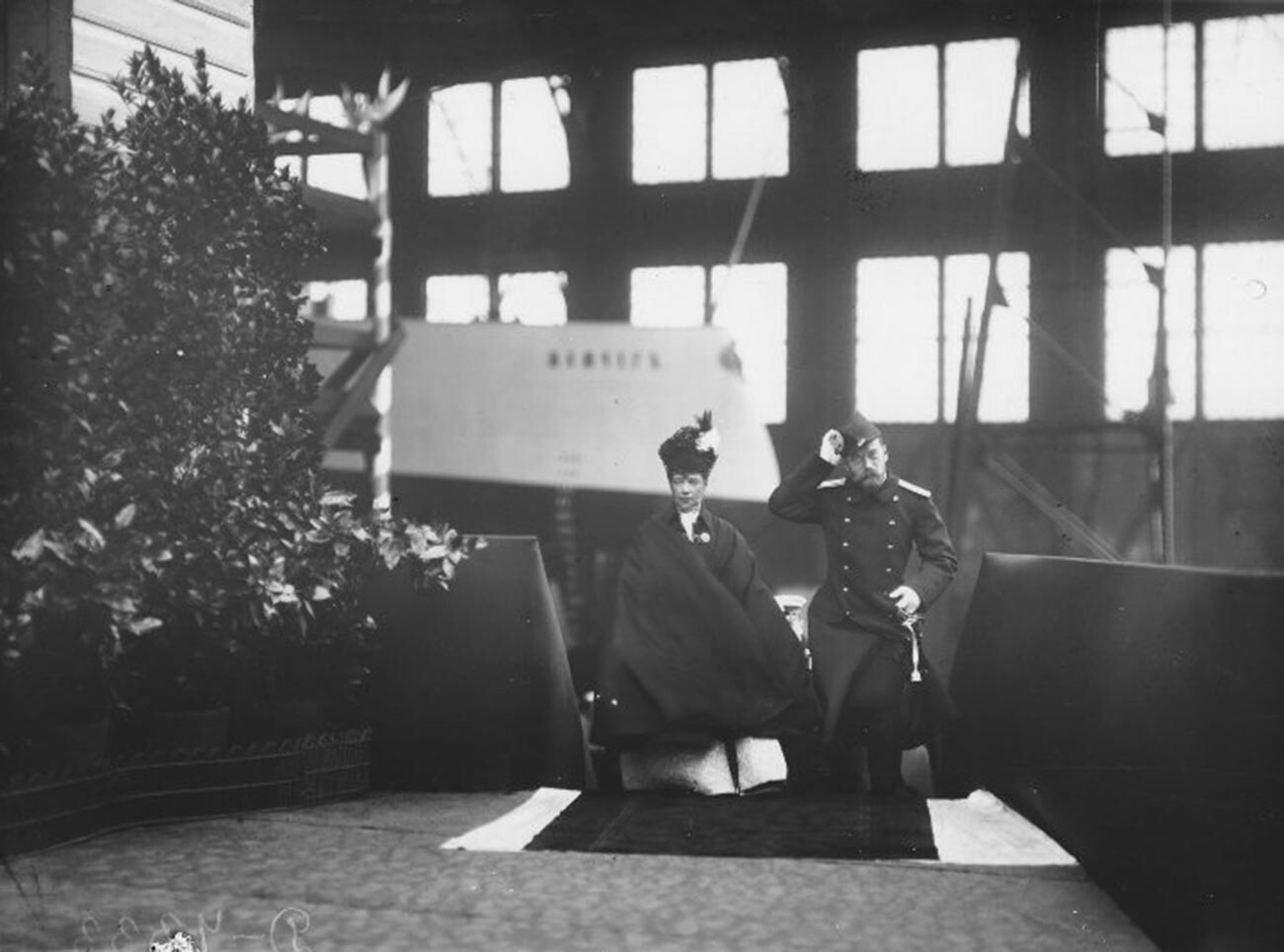
Here’s the empress with children watching a parade from the porch of the Catherine Palace in Tsarskoye Selo.
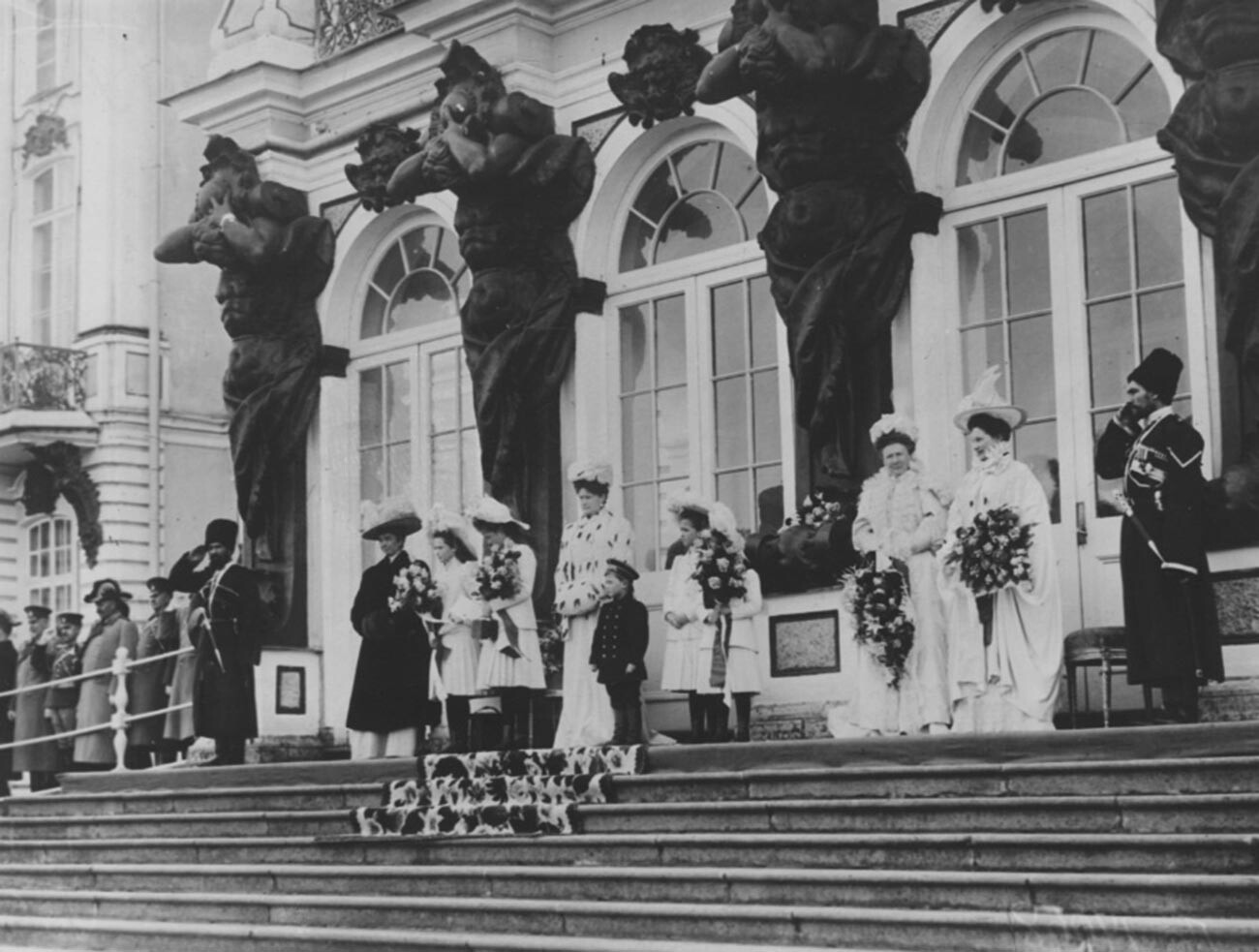
In 1916, Karl Bulla retired and handed his work in the studio to his sons Alexander and Viktor who, at that point, also had become famous photographers (and even pioneers of cinematography). They went on to photo-chronicle the 1917 Revolution.
Bulla senior also took several photos of the revolutionary events. (As soldiers in the halls of the Winter Palace)
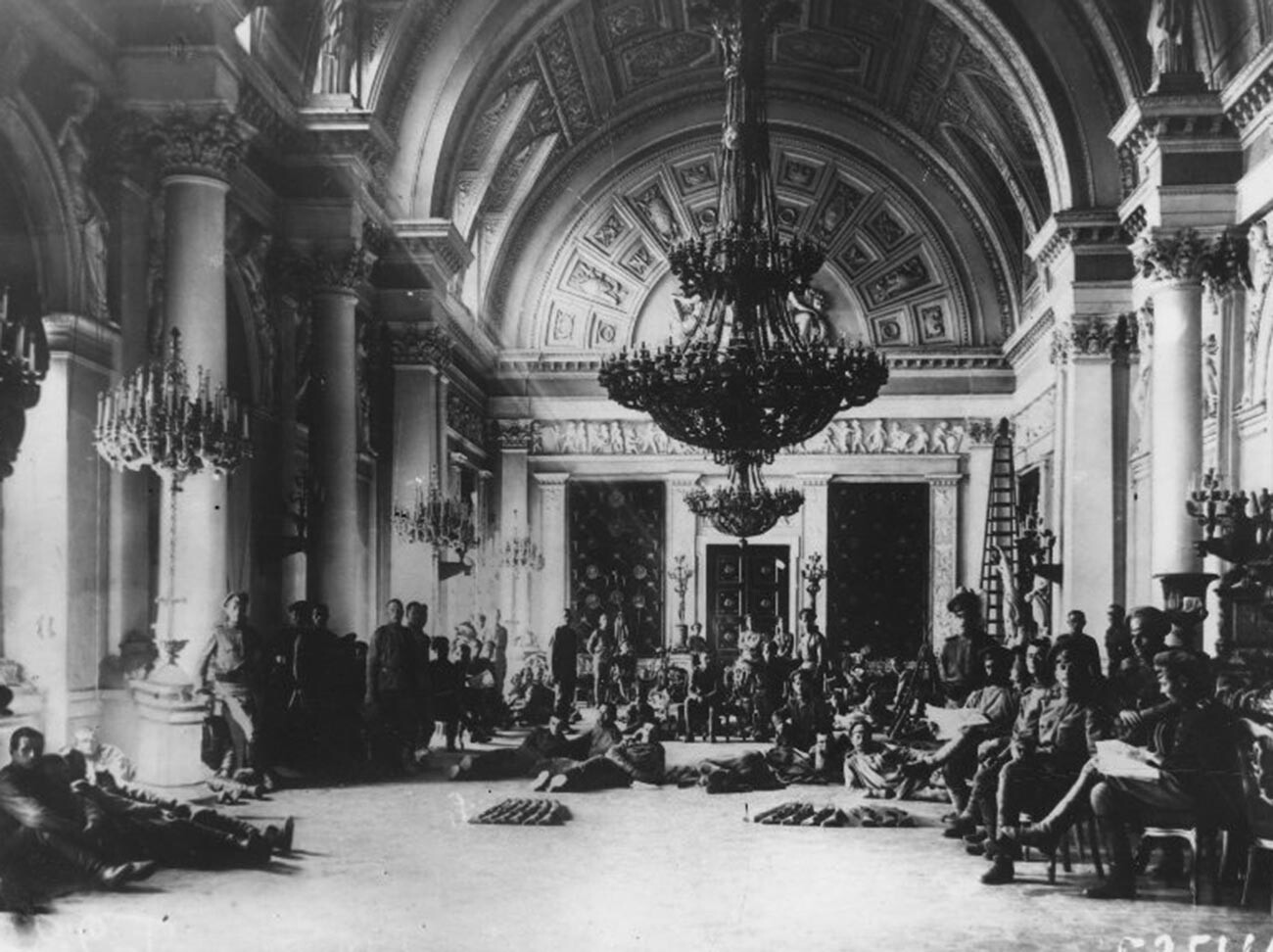
How the revolutionaries requisitioned Nicholas II’s snow sled car.

He also took a photo of Alexander Kerensky, the head of the Provisional Government, in his office at the Winter Palace.
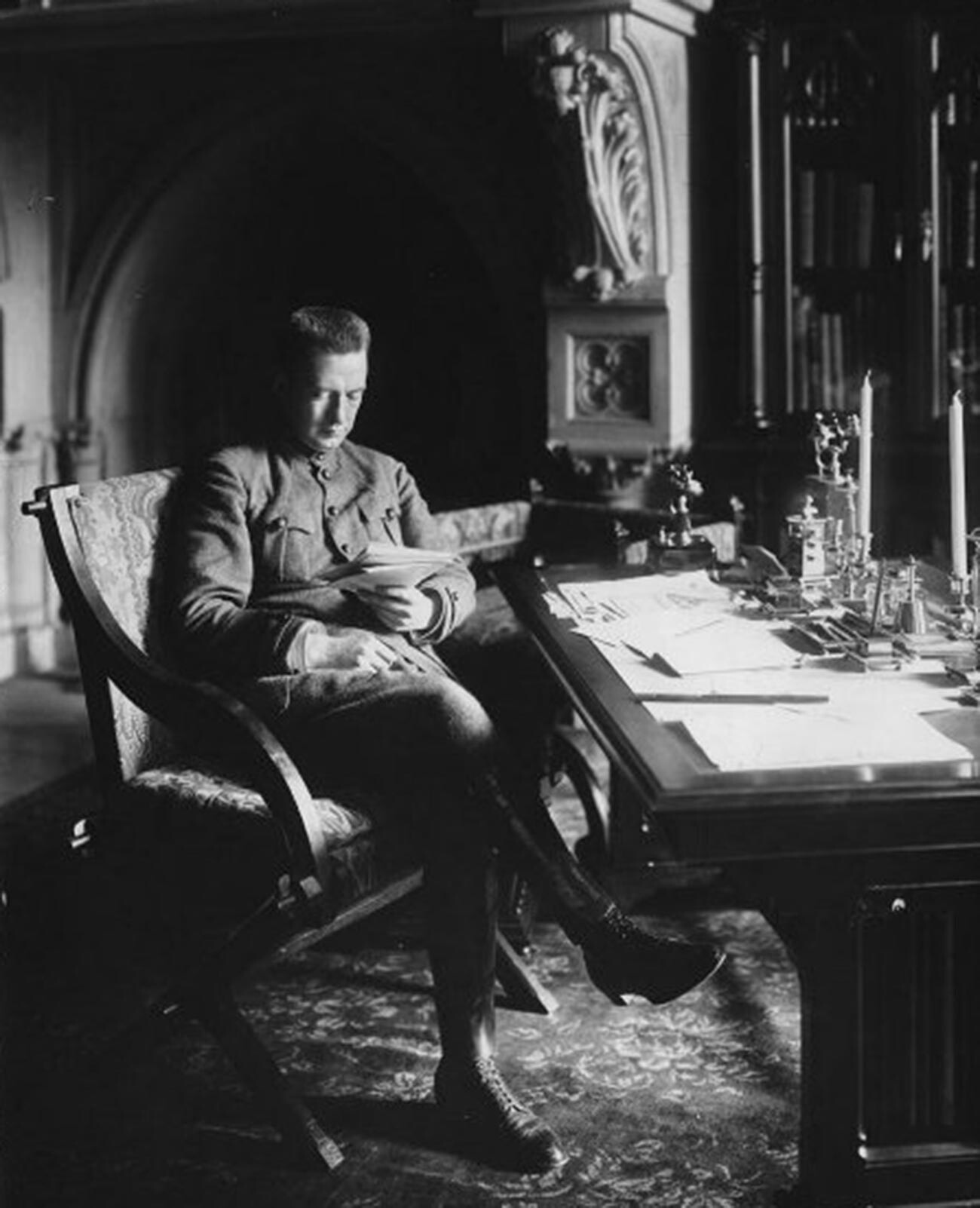
In 1917, Karl Bulla left for Saaremaa Island (back then, a part of the Russian Empire, the territory of modern Estonia) that was left untouched by the revolutionary upheaval – he lived a quiet life there and died in 1929. In this photo, Bulla is with his family – he stands in the middle, his son Alexander to his left, his son Viktor with his wife on his right.
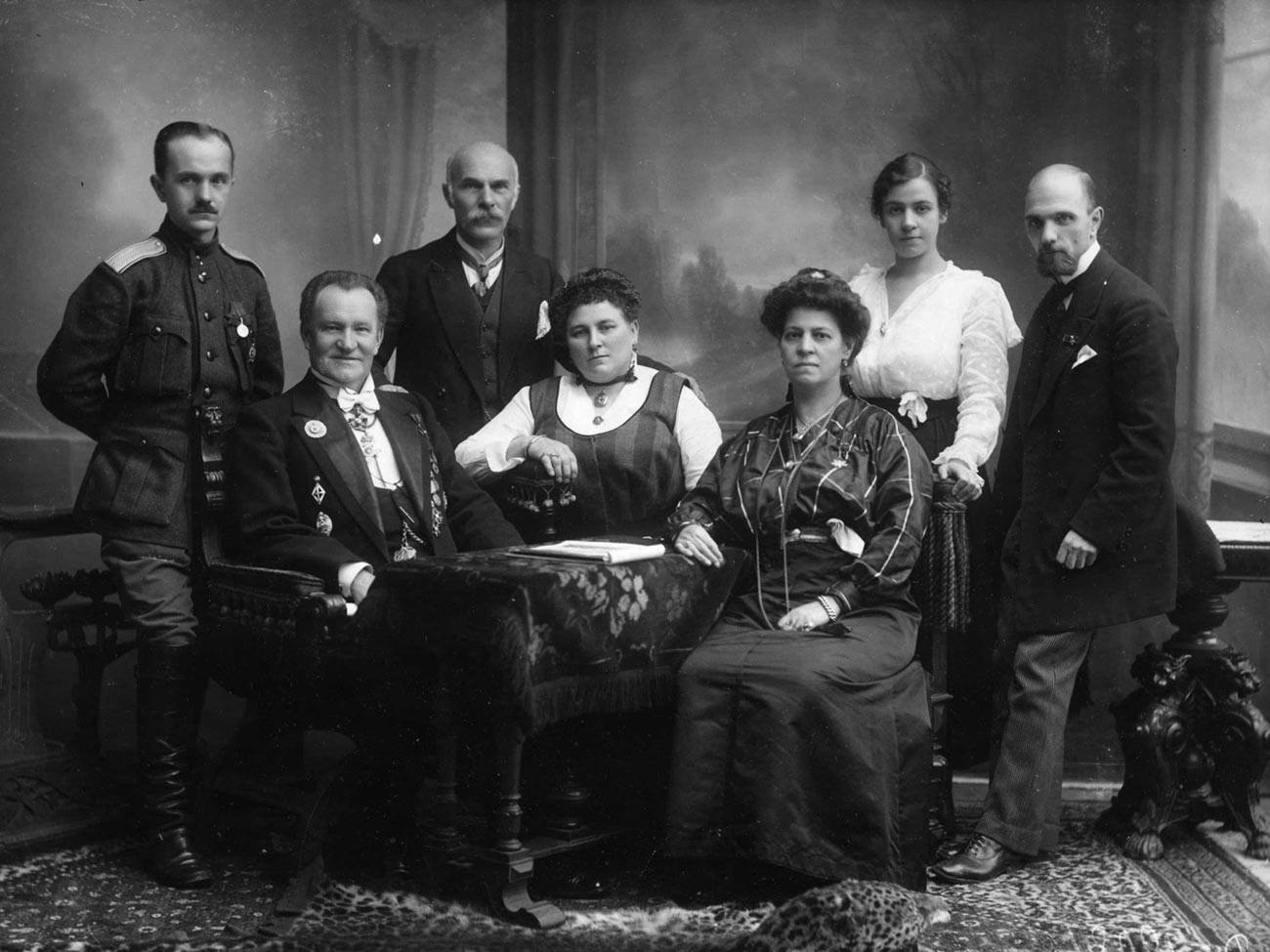
During Soviet times, both his sons were repressed and many photos were destroyed by Soviet authorities. But, the studio became state property and continued its work even during the siege of Leningrad during World War II. Bulla’s photo studio continues to work as a private photo studio even today, in the same building on Nevsky Prospect. Today, there’s also Karl Bulla’s Historical Photo Foundation and a museum.
Dear readers,
Our website and social media accounts are under threat of being restricted or banned, due to the current circumstances. So, to keep up with our latest content, simply do the following:
If using any of Russia Beyond's content, partly or in full, always provide an active hyperlink to the original material.
Subscribe
to our newsletter!
Get the week's best stories straight to your inbox